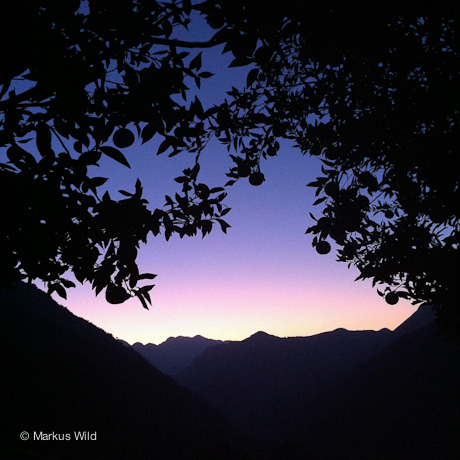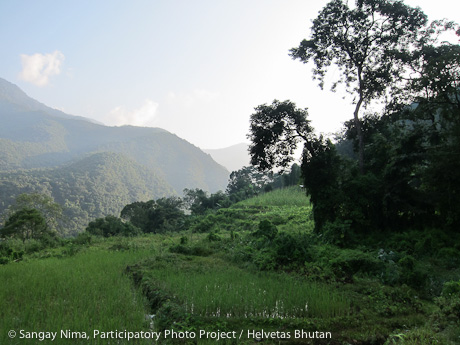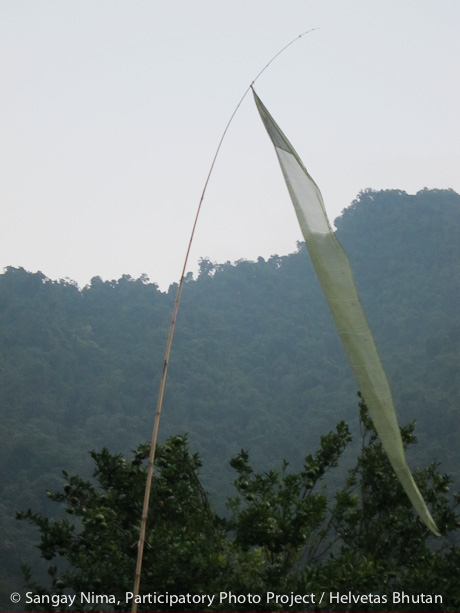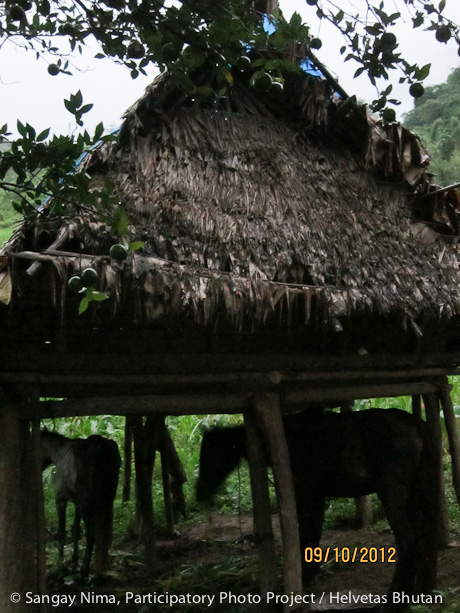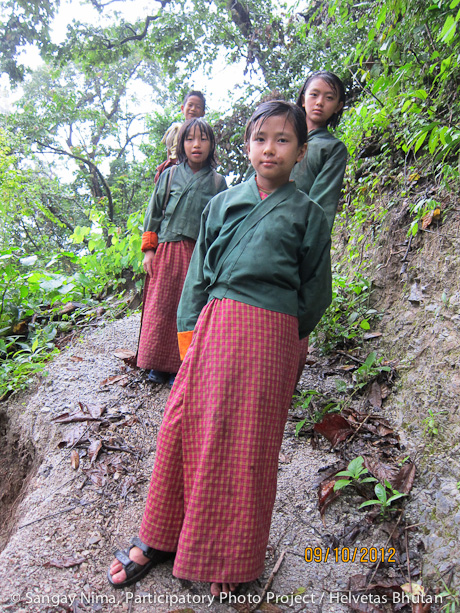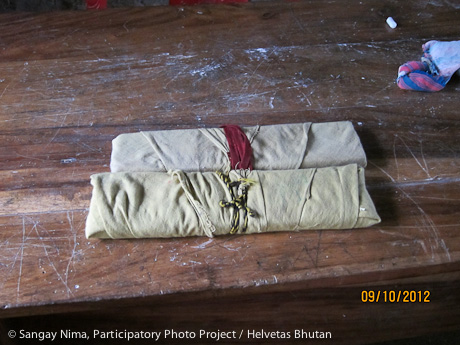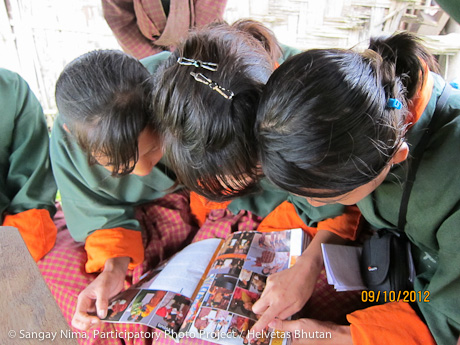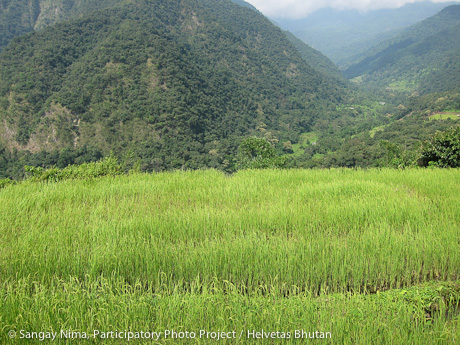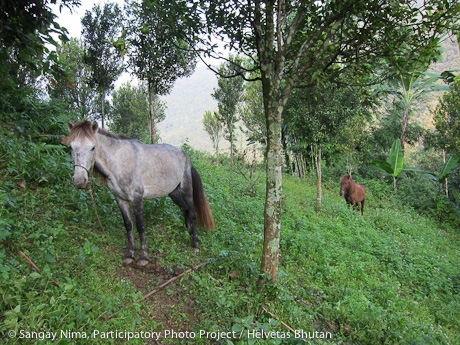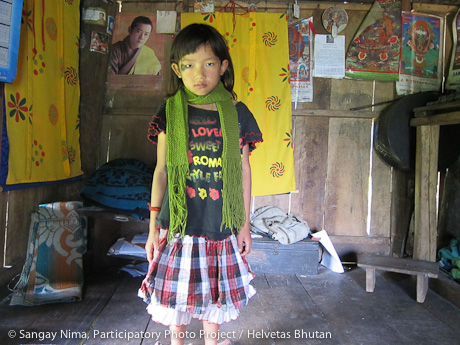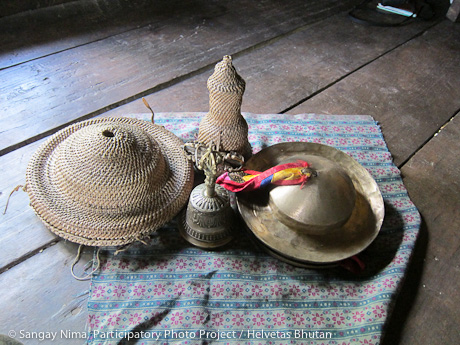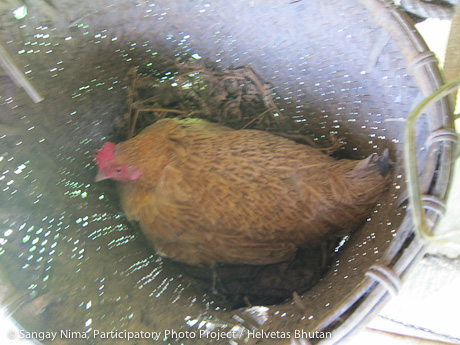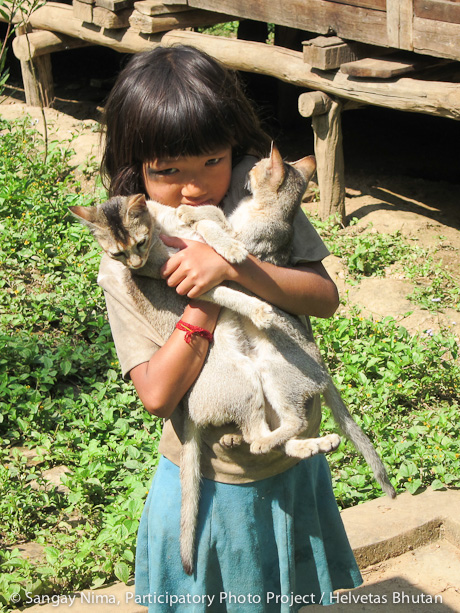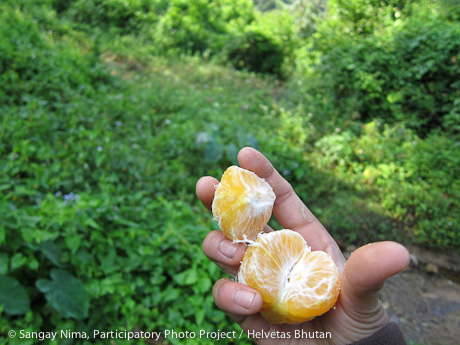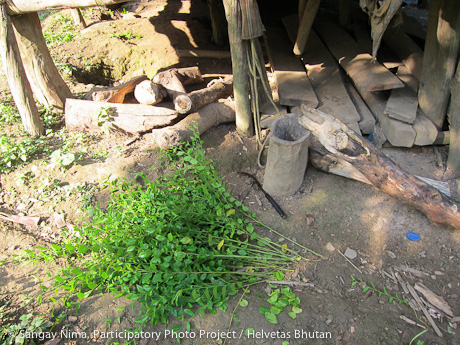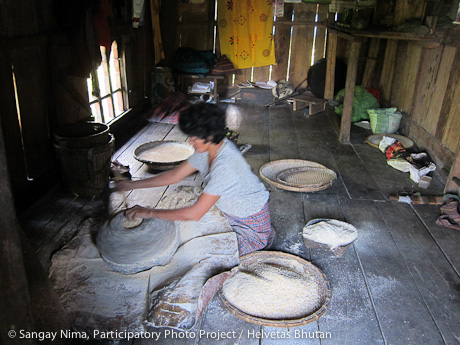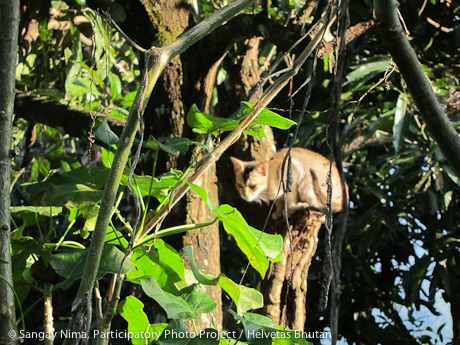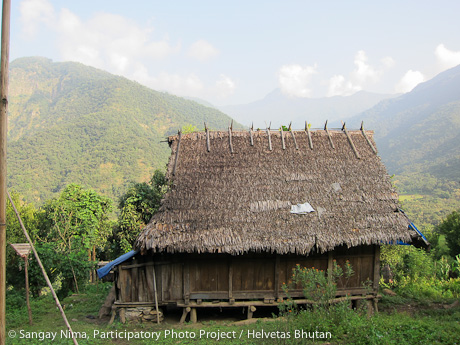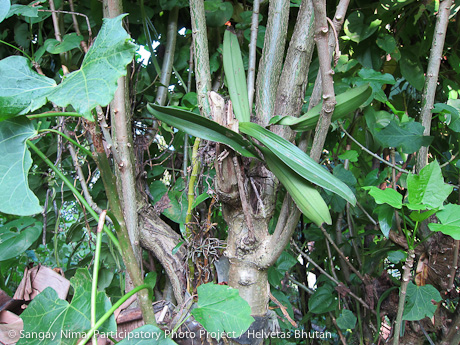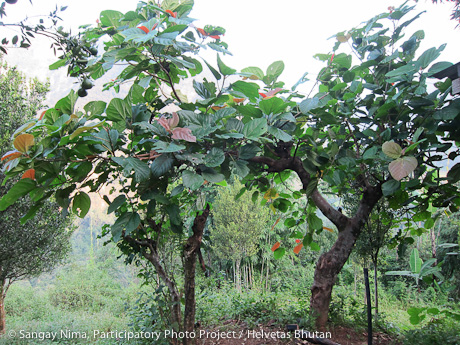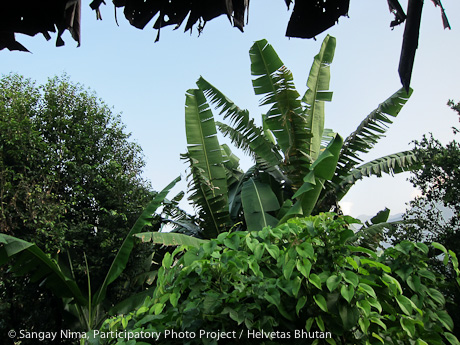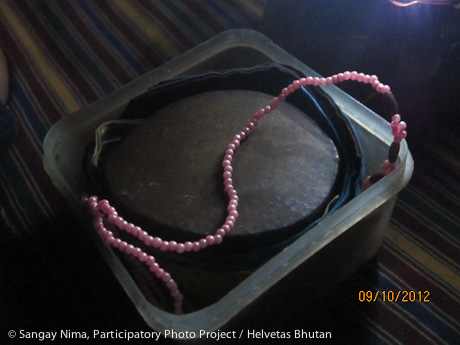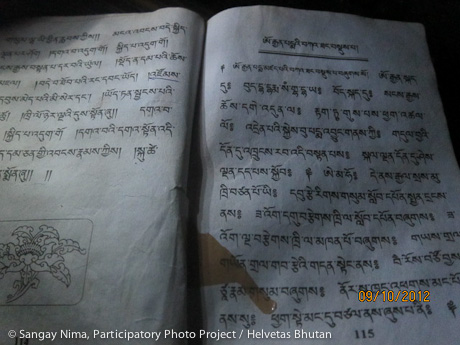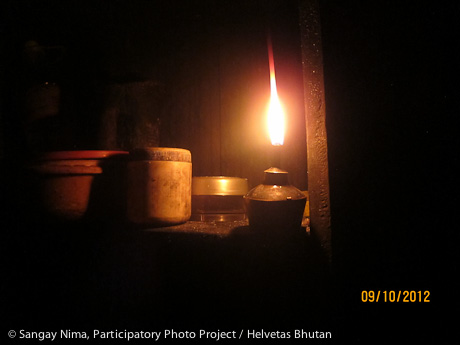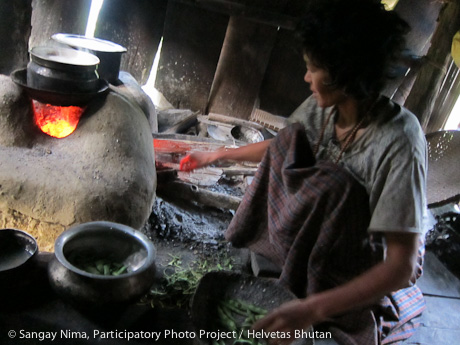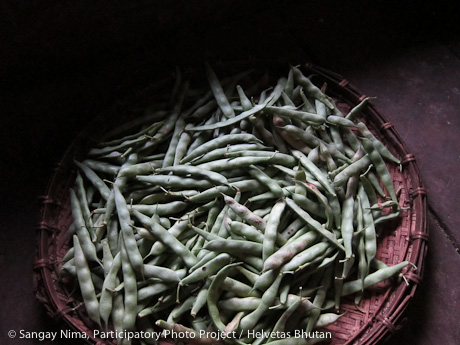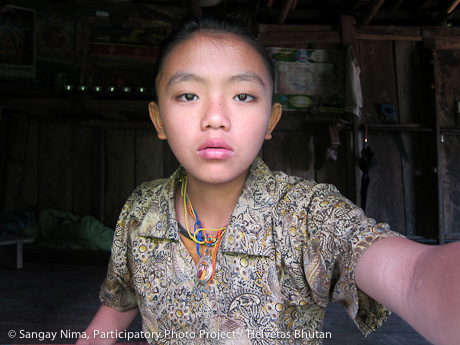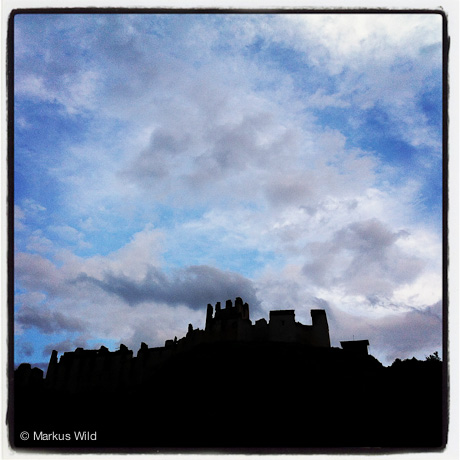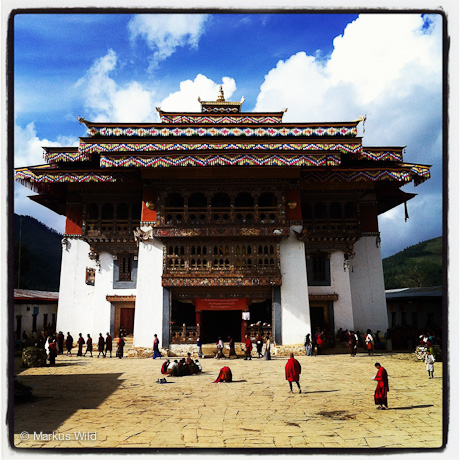Regions of Bhutan

Baccio -a Swiss friend of mine- is a very experienced solo traveller who has been travelling the world extensively in his very own individual way: he is open minded, flexible and adventurous. He likes to invest time to really getting himself into new places and situations in order to let encounters and first hand experiences become possible. With this attitude he has always met very good people and made friends wherever he goes.
So I was happy when Baccio asked me for advice about travelling in Bhutan and -if possible- for individual guidance.
I suggested Baccio to make a west-east crossing of the country including a trekking to the remote villages of Merak and Sakten in the far east. All together we would be in the country for 24 days. I wanted to introduce him to “my Bhutan” and to have memorable encounters and experiences with the help of some of my friends; at the same time I wanted to explore -together with him- new areas: although I have been working in Bhutan for 10 years now and have been fortunate to visit most of the 20 dzongkhags (districts), I haven’t reached further east than Mongar so far.
Tshering Zam, one of my best and longtime friends in Bhutan, organised everything perfectly with her travel agency. And she accompanied us on our journey with heartfelt dedication and care; with her beautiful, lively and natural presence, and her genuine interest in people and culture she is always able to open up doors and hearts easily.
Baccio and me started our adventure in Zurich on Sept 29, flying via Dubai to Kathmandu, where my friend Kay was receving us at the airport. We stayed two nights in beautiful Rokpa Guesthouse, hearing the charming sounds of nearby Shechen Monastery in Boudha (very close to the big stupa that now has to be renovated after the big earth quake in April of this year). We had a very interesting and intense day with Kay showing us around in “his Kathmandu”.
And in Shechen Monastery I met a young monk again: Dokya Tulku. I met Dokya for the first time in Bhutan in 2005 when he was still a boy, living and studying together with another monk as a fellow of Yangsi Khyentshe Rinpoche. Dokya Tulku is now 23-years old and will soon finish his studies to become a teacher in Buddhist philosophy. He offered me to meet and guide me and possible fellow travellers through Shechen Monastery, whenever I will come back to Kathmandu.
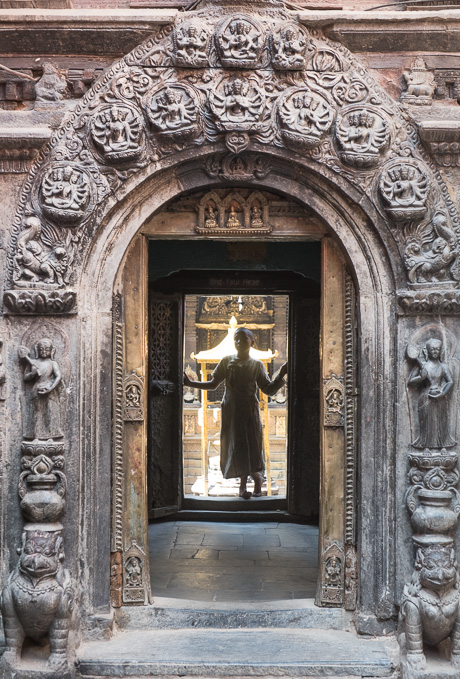
At the entrance of the Golden Temple (Kwa Bahal) in Kathmandu
After a marvellous flight with an extraordinarily clear sight on the Himalayan range (including Mount Everest) we landed safely in Paro; the landing in Paro is always such an exciting and beautiful experience, since the pilots have to fly around various mountains and crossing different hills on their way down towards the runway in Paro! .
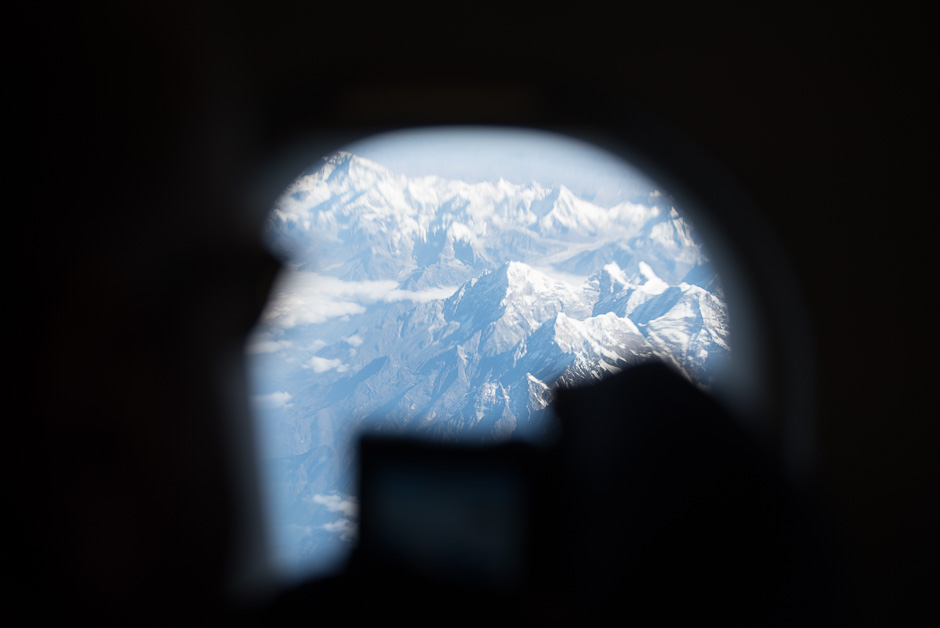
Tshering picked us up at the airport and took us after a first yummy Bhutanese lunch in town to Sangchokor Buddhist Institute, one of her favourite monasteries high above Paro. She has been connected to this monastery since long time by having done a lot of volunteering work and she is even related to the rinpoche who is the abbot here. On the way back to town we visited the traditional farmhouse of one of Tshering’s relatives and we could drink a toast to our happy arrival and first day in Bhutan with a homemade “ara”, a local brandy and Bhutanese speciality, drunk warmly, prepared with butter and egg.
The next day we started with one of the highlights of each Bhutan-tour that most visitors often get only towards the end of their journey: a walk up and visit of spectacular and holy Taktsang Monastery (“Tigernest”).

Tshering and Baccio in front of the Tigernest
Naturally, during our 24 days and nights travelling from West to East Bhutan we came across many wonderful encounters and experiences and -almost normal in Bhutan- various unexpected and unplanned ones too.
Among other things we were invited by a yak herder family into their temporary hut for tasting fresh yak milk and cheese, and by a monk into his monastic cell for tea and biscuits, we became part of a topping-out ceremony in Merak village, and a nightly ceremony in honour of a local deity in Sakten.
These were the stations on our 24-days tour from West to East Bhutan:
Paro (Sangchokor Buddhist Institute and Taktsang Monastery) – Thimphu (meeting people, institutions, interesting places..) and surrounding (Cheri Monastery) – Dochu La Pass (Druk Wangyal Lhakhang Temple) – Chimi Lhakhang (the temple of the “Divine Madman” Drukpa Kuenley) – Punakha (visits of Punakha Dzong and Khamsum Yulley Namgyal Chorten) – Phobjikha Valley (staying in a farmhouse homestay and visiting of the local Primary School) – Gangtay Village and Monastery – Trongsa (Trongsa Dzong and Tower of Trongsa Museum) – Pele La Pass – Chumey (Yathra production – best woolen products in Bhutan) – Jakar/Bumthang (religious sites, Swiss-Bhutan cooperation institutions) – Ogyen Choling Palace and Guest House in Tang Valley – Natural trail from Tang Valley back to Jakar (visiting a nunnery on the way) – Thrumshing La Pass – Mongar – Trashigang – 7-days trekking to Merak and Sakten villages (meeting the semi-nomadic people living there) – Tshechu (a religious festival) in Khaling – Samdrup Jongkhar – Guhawati (India)
Below some more photos with captions from our journey:
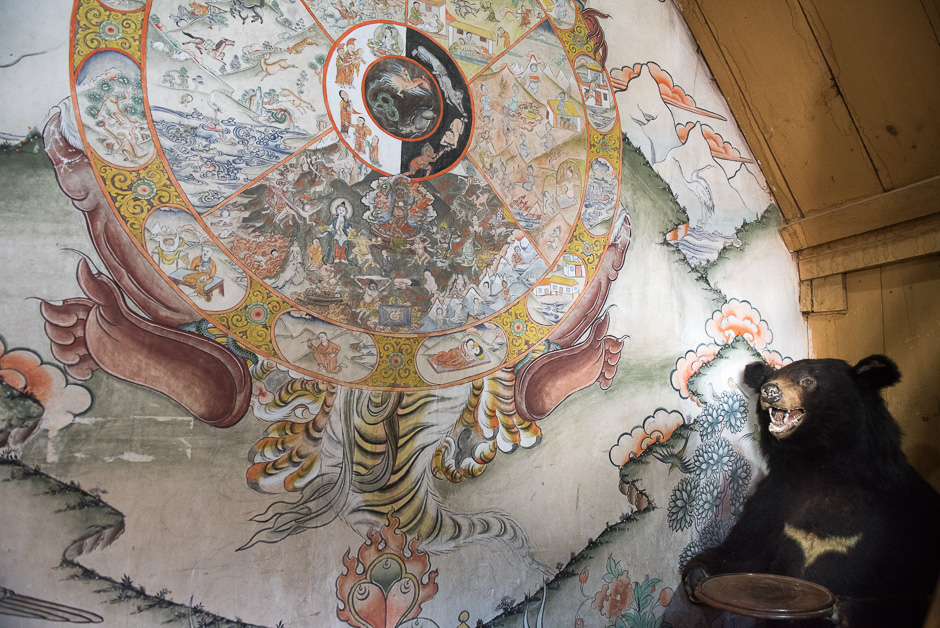
Inside Sangchokor Buddhist Institute high above Paro

On Dochu La Pass you can use a powerful binocular telescope to watch some of the highest peaks on earth: Masang Gang (7165m), Gangkhar Puensum (7541m), and Kulha Gangri (7554m). And you can also detect Gasa Dzong, a small white speck almost 50km to the north.

A bowl with milk and flowers at the entrance of Druk Wangyal Lhakhang on Dochu La Pass.

Inside the rice fields, on the beautiful way up to the Khamsum Yulley Namgyal Chorten, a four-storied new temple containing elaborate Buddhist paintings and scultpures

A monk at Chimi Lhakhang, the temple of the “Divine Madman” Drukpa Kuenley near Punakha.

Primary School in Phobjikha Valley

Mural painting inside Trongsa Dzong

Tshering Zam making traditional sun hats out of local plants (followed by a cow who saw the plants as food and not as hats)
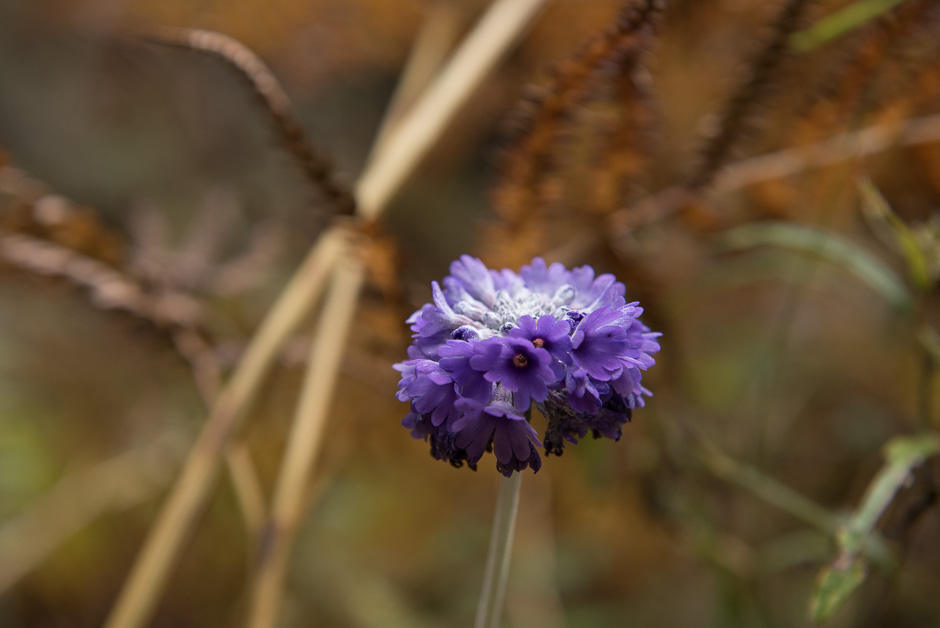
Flowers on a trail from Tang Valley to Jakar (Bumthang)

Listening to voices inside a rock behind Ta Rimochen Lhakhang, Tang Valley
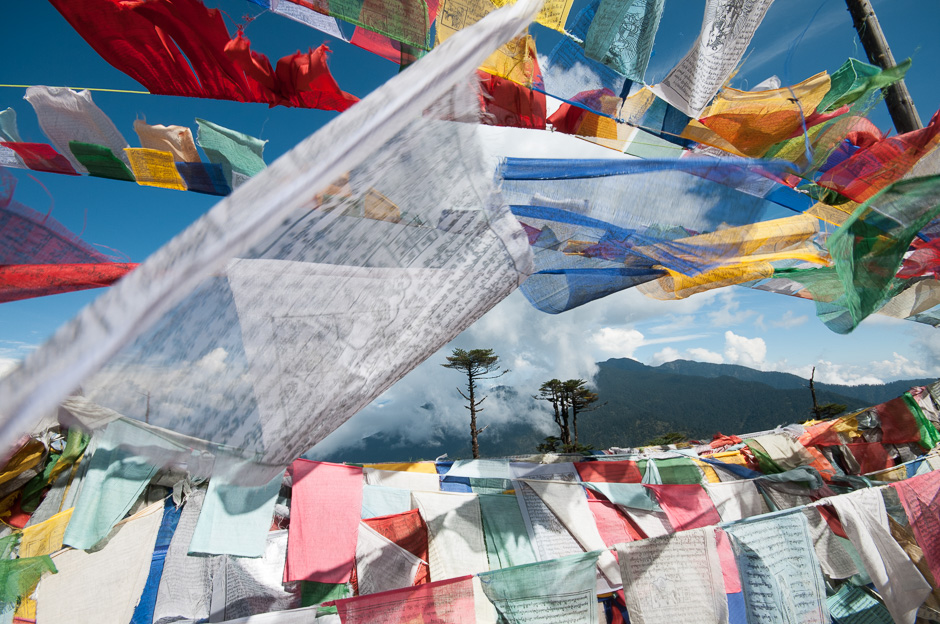
On Trumshing La Pass
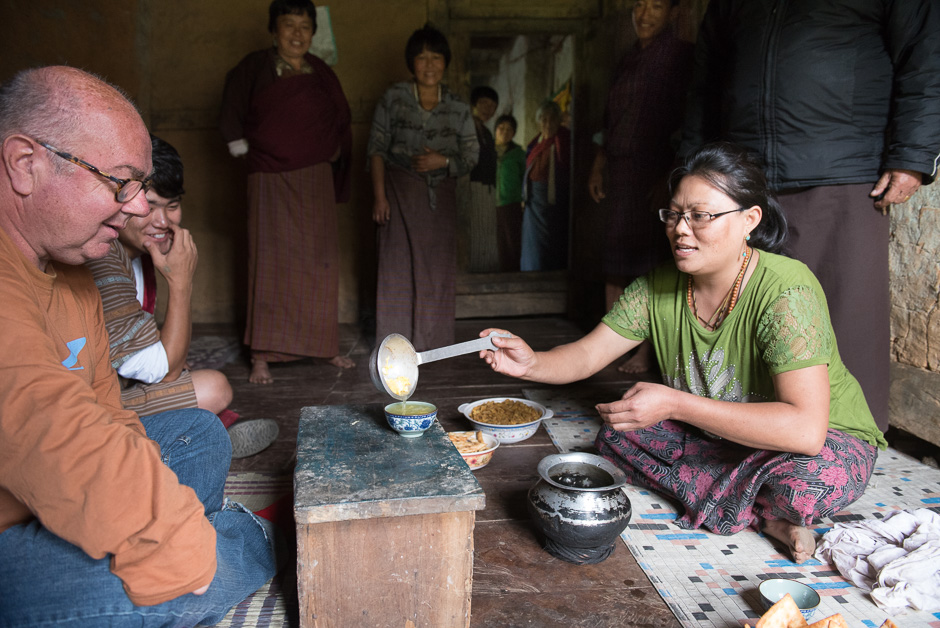
Invitation into a private home near Mongar
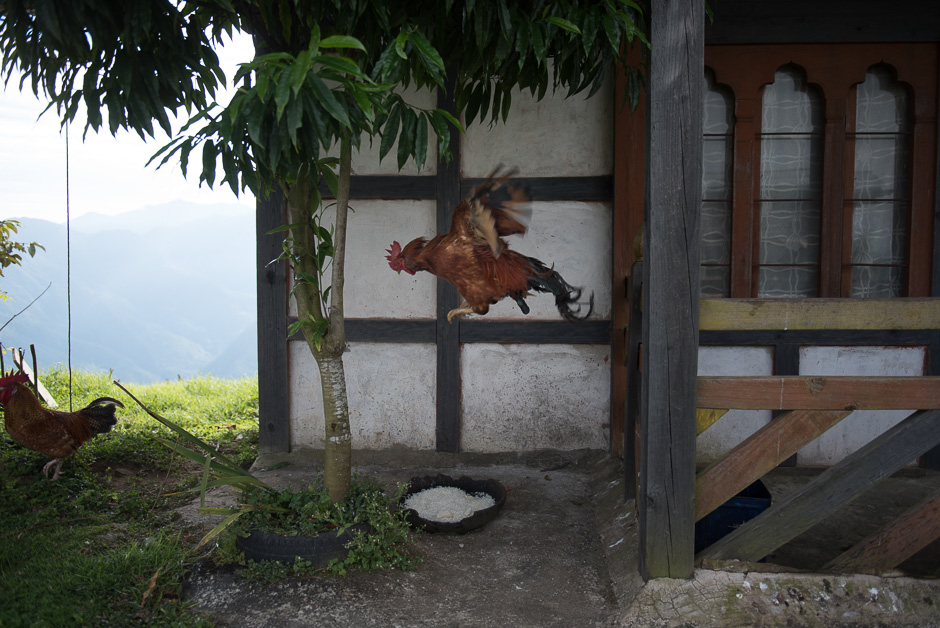
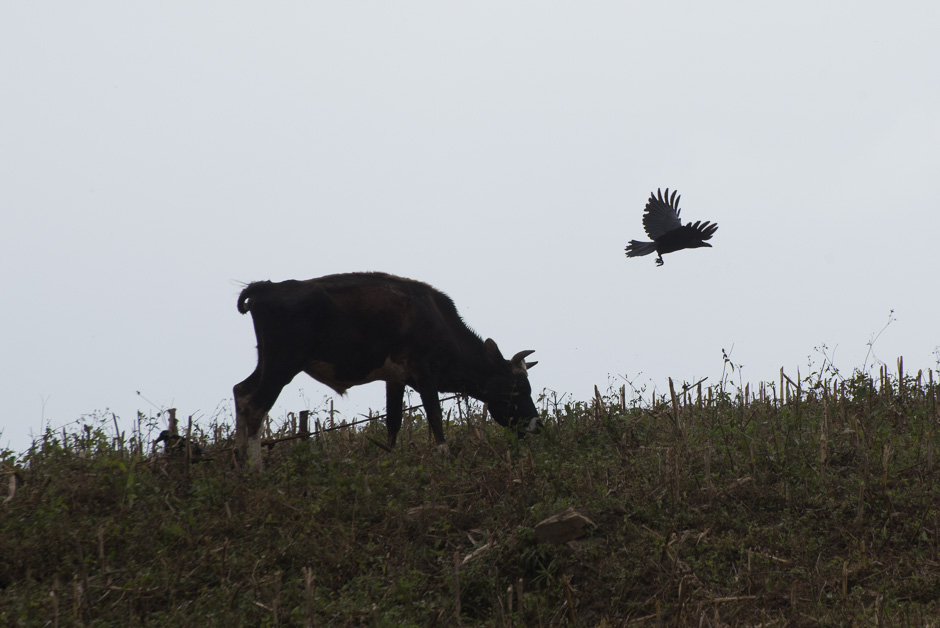
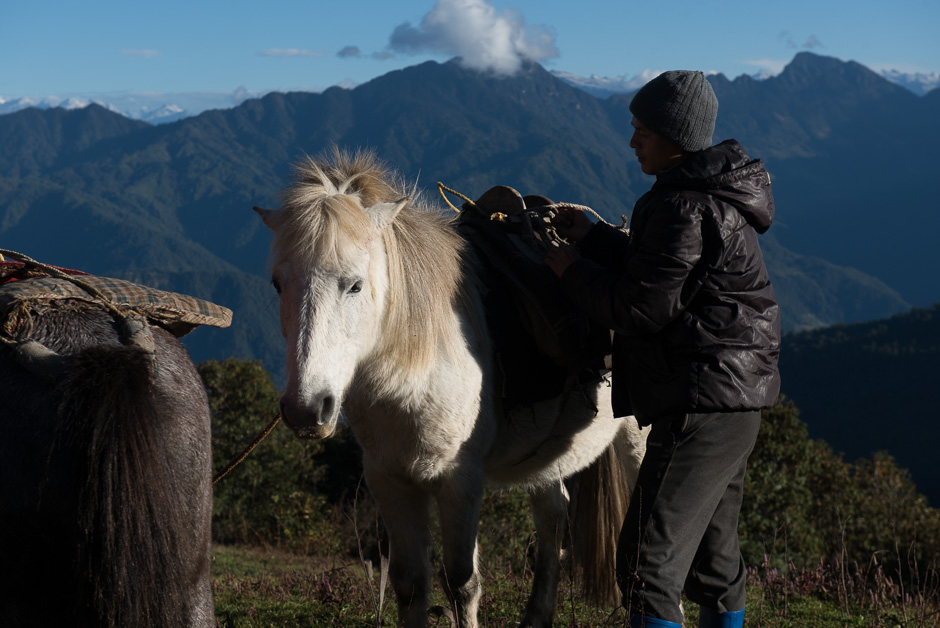
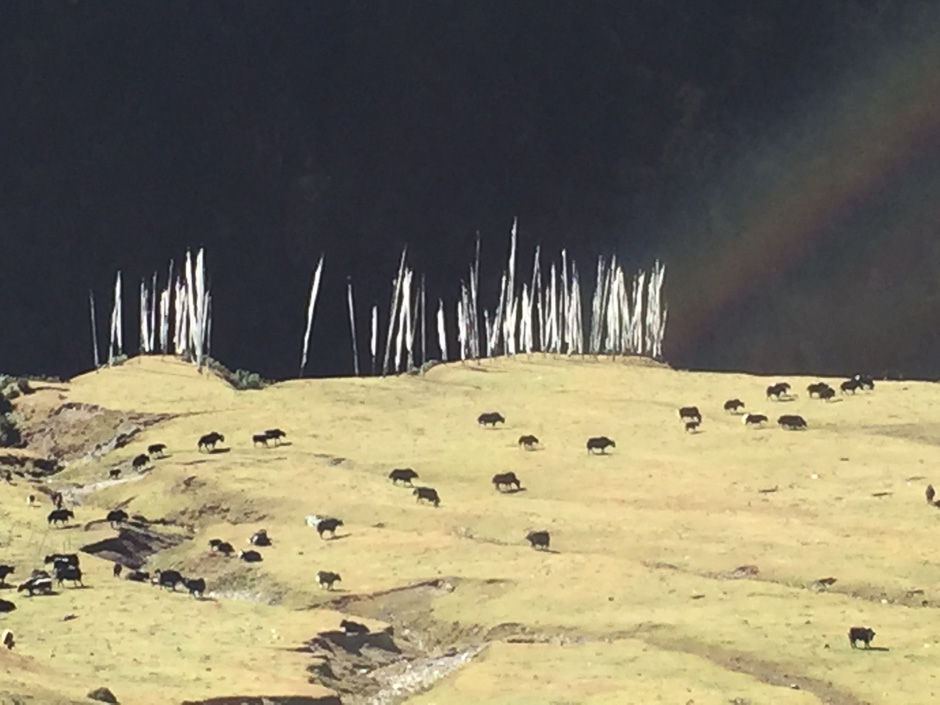
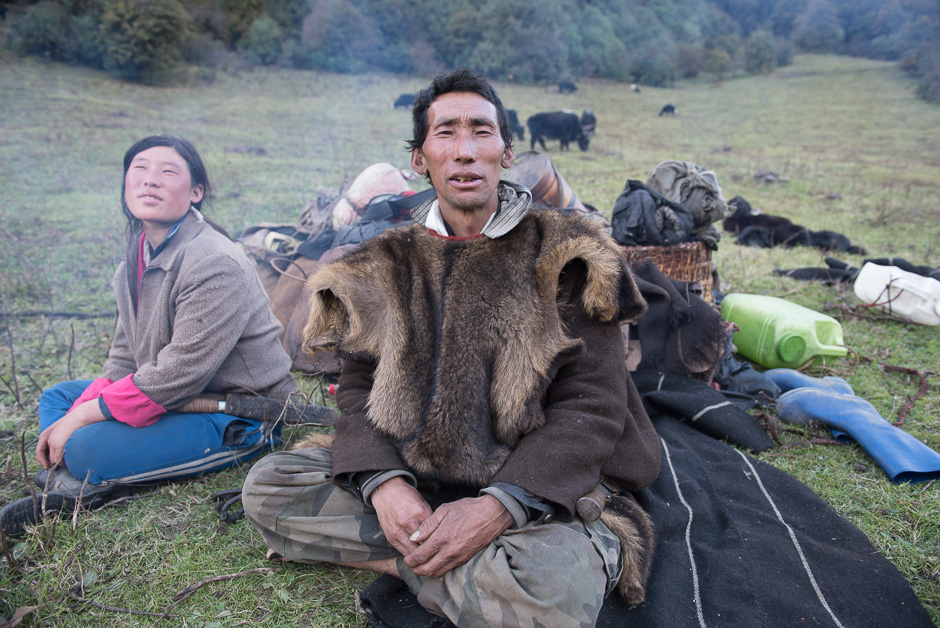
Yak herders in between Merak and Sakten
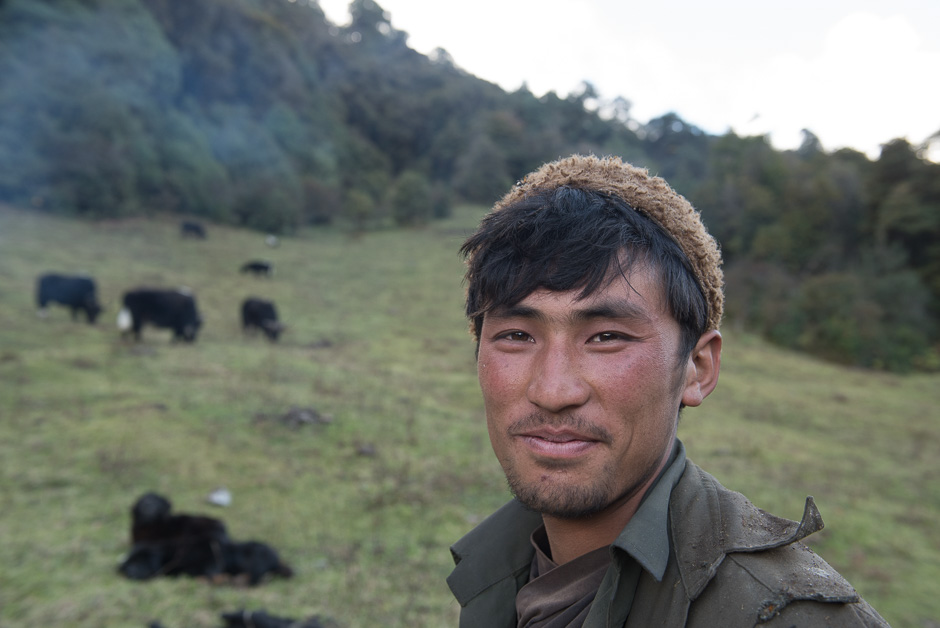


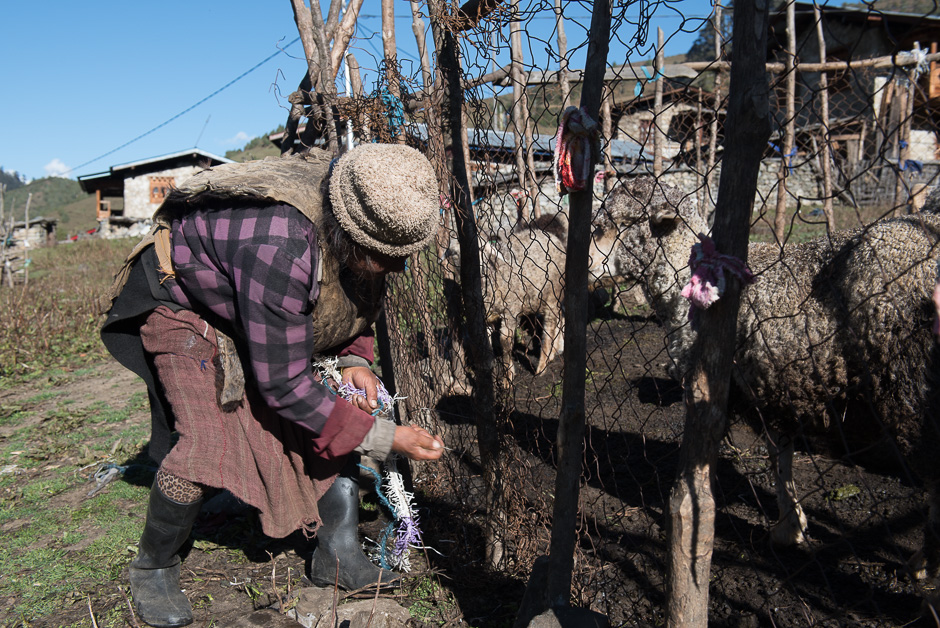
A farmer with her sheep in Sakten

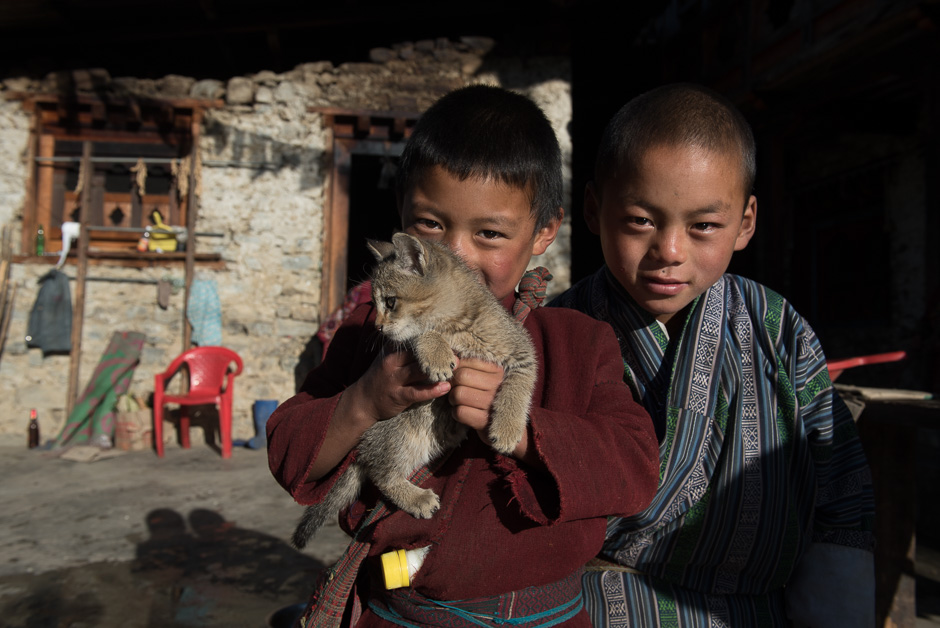
Before going to school (Sakten)

Grinding cereal with a traditional water mill (Sakten)
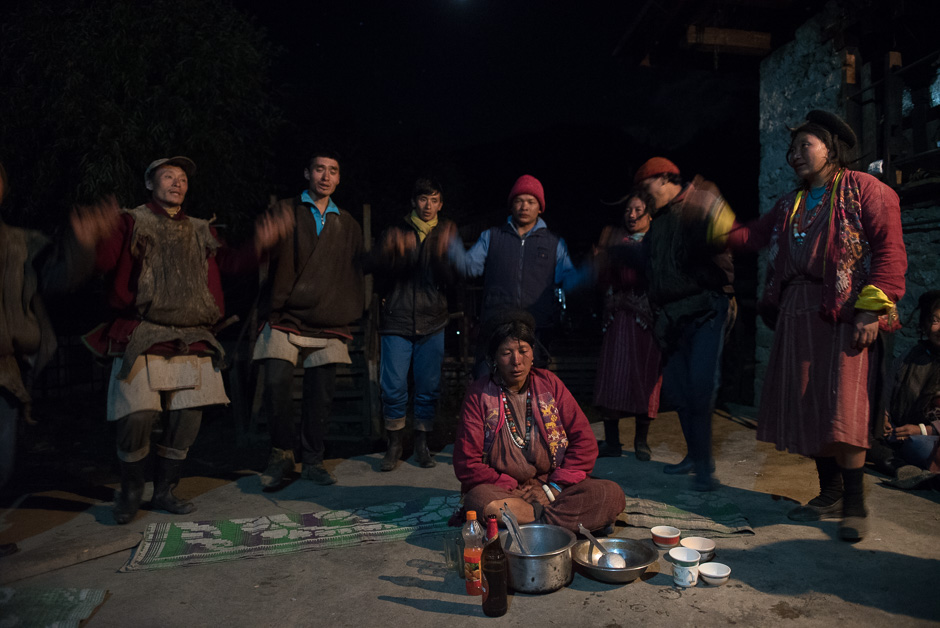
Ceremonial dances for a local deity in Sakten

Running towards the festival ground (Tshechu in Khaling, Trashigang)
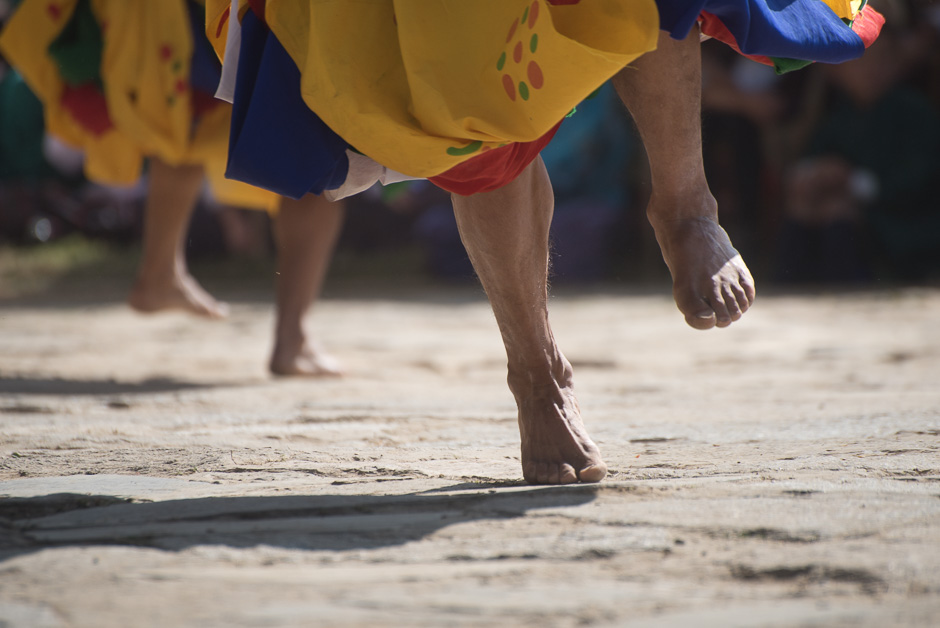
Tshechu dancers
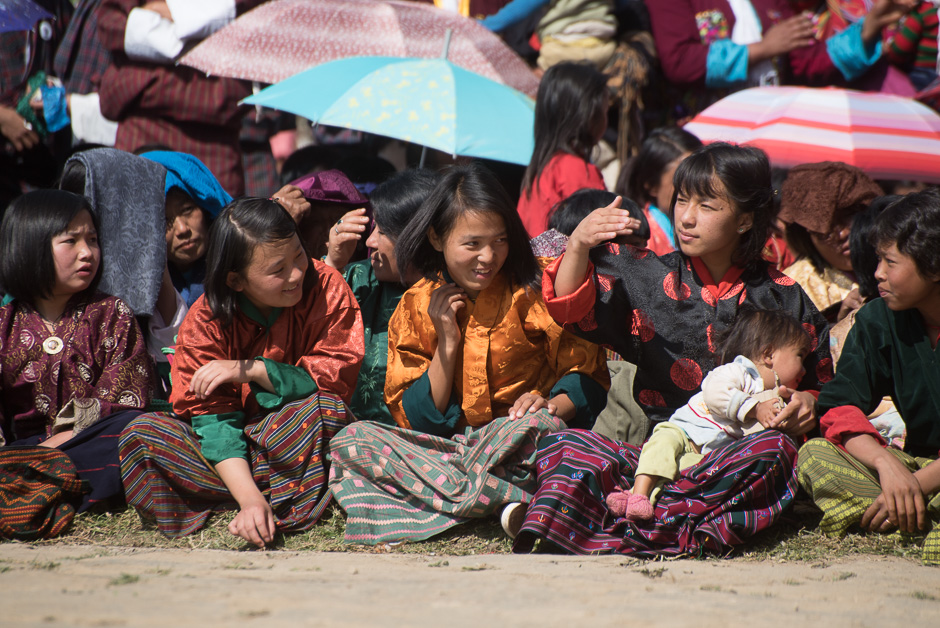
At the Tshechu in Khaling, Trashigang
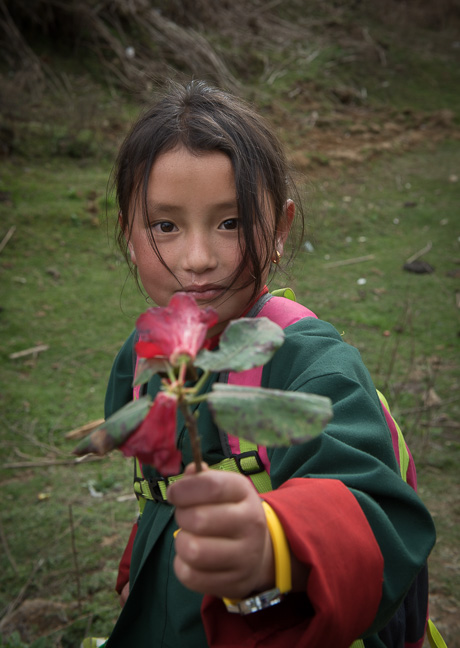
Many people kept on asking me if I would ever show them “my Bhutan”..
so in April 2015 I guided for the first time a tour through Bhutan: a group of seven friends from Switzerland and Liechtenstein accompanied me on a 15-days trip to Bhutan. Beside hiking through wonderful nature and visiting many sacred places we had encounters with a good variety of my Bhutanese friends: among them a traditional mask maker and his family, film makers, visual artists, a school principal, and a blind friend who runs an automobile spare parts shop.
In Bumthang -where we stayed in his Swiss Guesthouse- Swiss born legend Fritz Maurer who has become a highly respected Bhutanese since long ago was sharing with us insider stories about the begining of the Swiss-Bhutan friendship.
One of the most exciting and delightful places to stay in Bhutan is beautiful Ogyen Choling in Tang Valley where former Helvetas country director Walter Roder and his wife writer Kunzang Choden are running a wonderful guest house and probably the most interesting local museum in the country: Kunzang Choden herself guided us through her museum and explained about everything in her most compelling and competent way. In the evening a group of women from Ogyen Choling village were dancing and singing around a bonefire and gave us wonderful live experience of the local culture and traditons.
In Gangtey-Phobjikha a young monk was showing us around Gangtey monastery and inviting us for tea. I got to know him a few years back when I was working in a culture project for HELVETAS in four remote communities of Bhutan and he was then still living with his parents in one of these remote villages.
Near Trongsa the principal of a local school -who is an old and good friend of mine- was introducing us to his school offering us lively and detailed insight.
And last but not least: for everyone of the group it was a great pleasure and wonderful opportunity to learn more about Bhutan and the Bhutanese from my best friend and local partner Tshering Zam who accompanied us to many places in and around Thimphu and Paro and also to most famous Taktsang Monastery.
All photos taken by © Markus Wild during the group tour in April 2015

Flying along the great Himalayan range towards the Kingdom of Bhutan
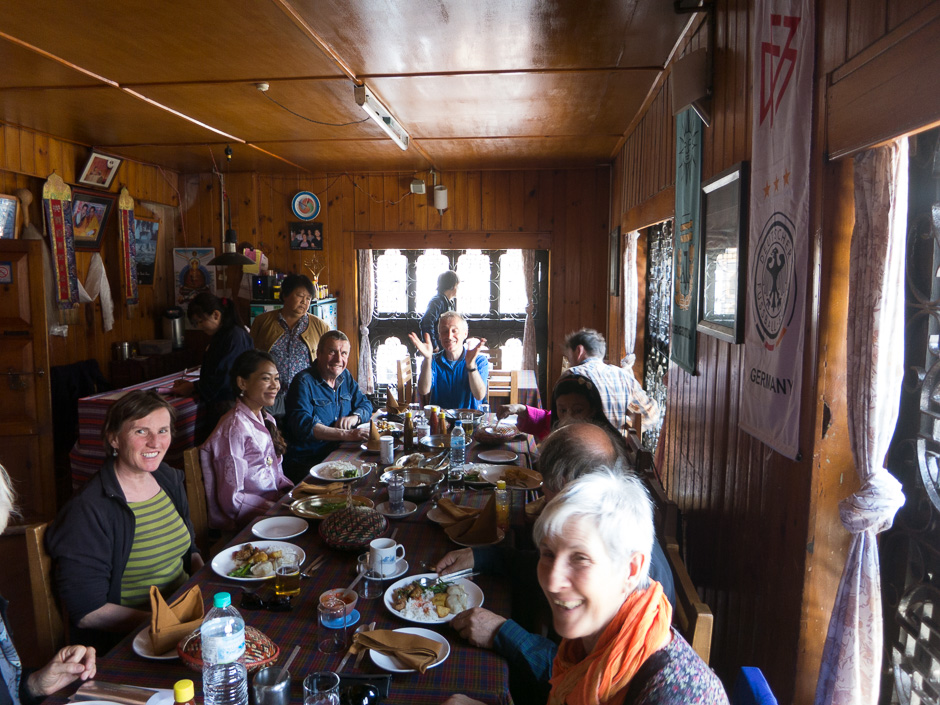
A first lunch in a local restaurant in Paro town, experiencing a wonderful variety of authentic Bhutanese food.

My best friend and local partner Tshering Zam with her daughter Tashi Yangzom
at the first annual Royal Bhutan Flower Exhibition in Paro
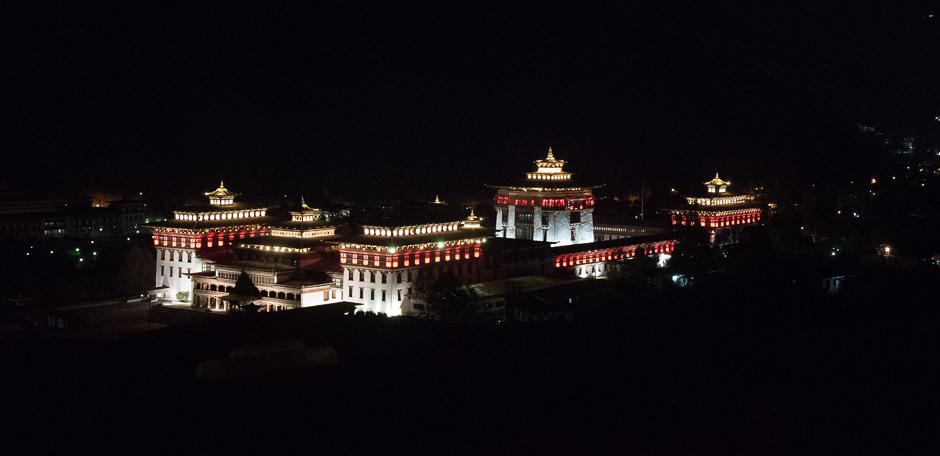
Thimphu’s Tashichho Dzong at night

Mural paintings at the entrance of one of the lhakhangs (temples) at Cheri Monastery, 15 km outside Thimphu
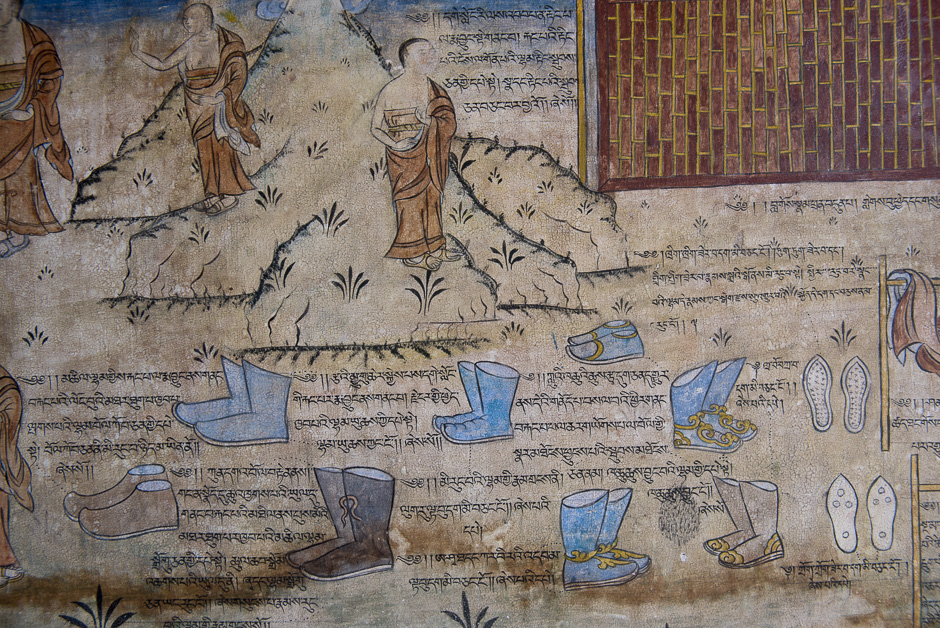
Details of mural paintings at Cheri Monastery

Prayerflags and statue in the garden of Khamsum Yuelley Namgyal Chorten, near Punakha dzong
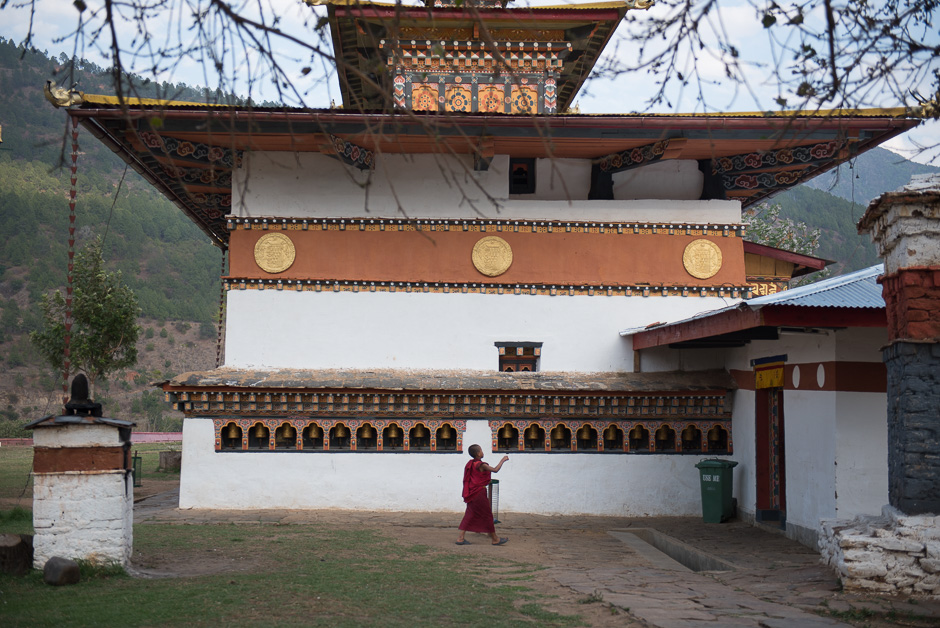
Chimi Lhakhang, a very old temple and monastery, built in 1499 in honour of the divine madman, saint Drukpa Kunley
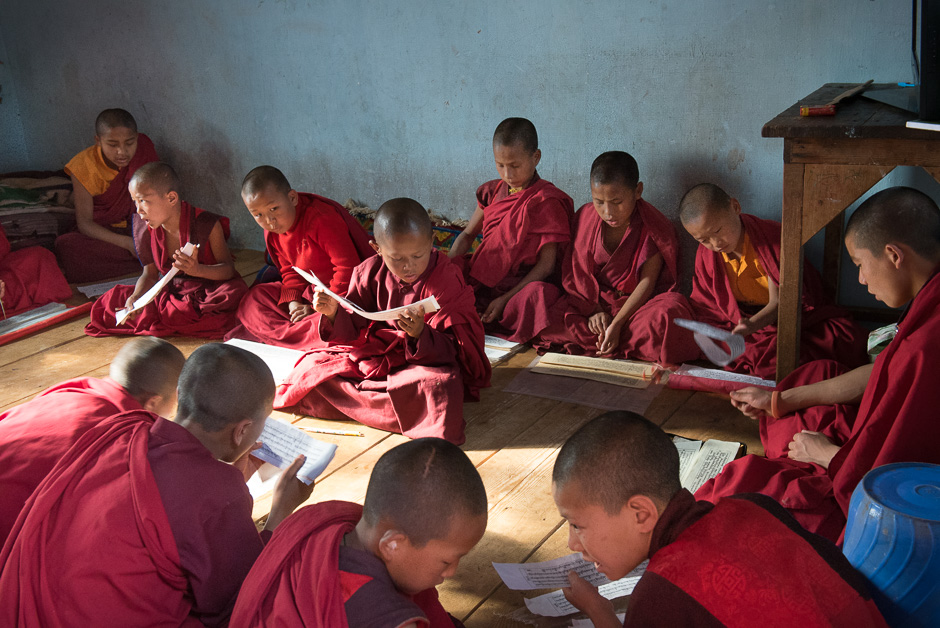
Young monks at the monastic school of Chimi Lhakhang
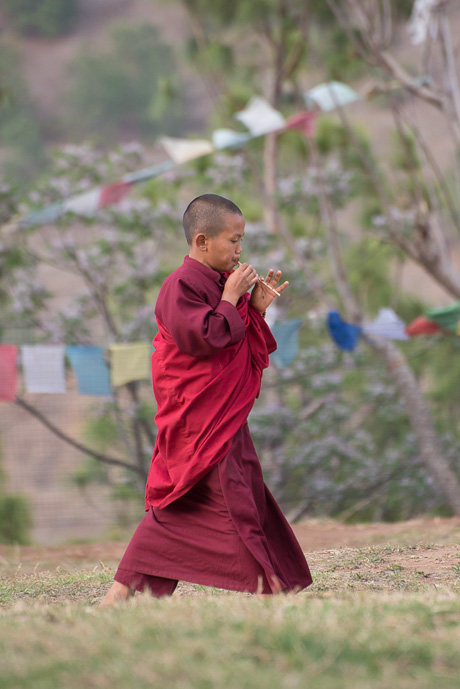
Monk playing a self made flute at Chimi Lhakhang
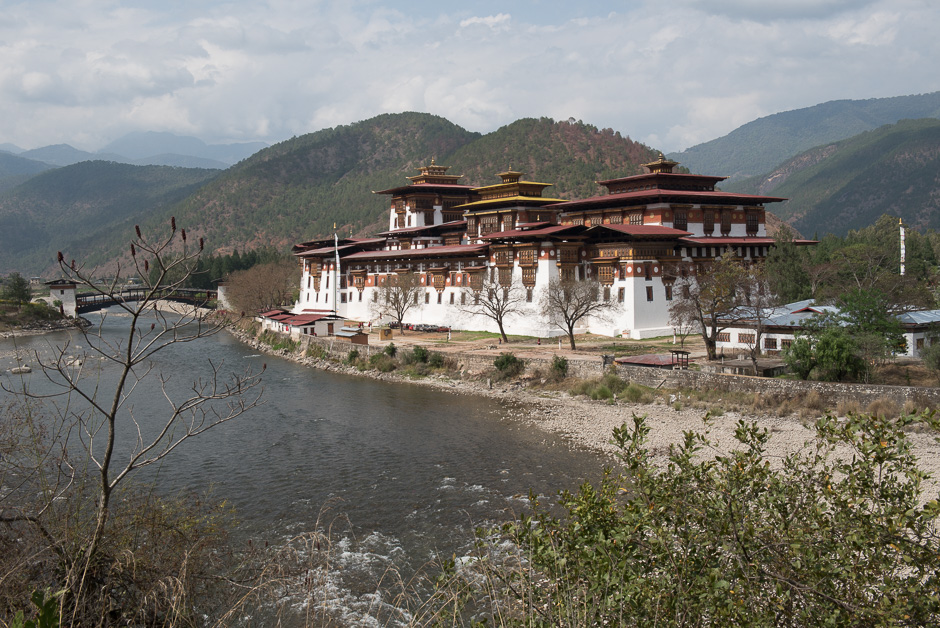
Punakha Dzong, probably the most beautiful dzong in Bhutan, built in 1637
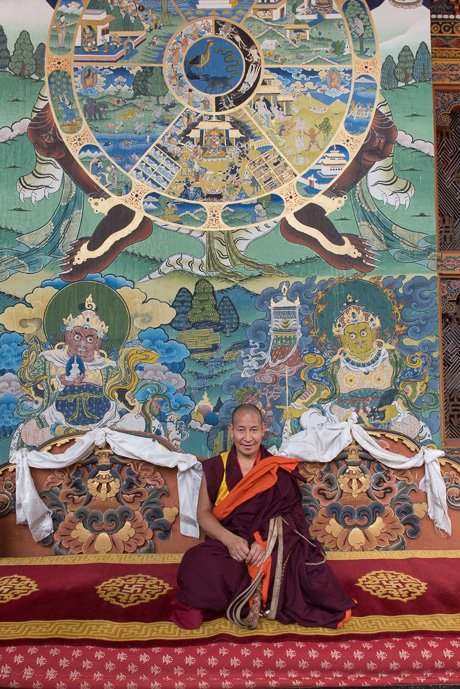
A lama monk in the Punakha dzong sitting below the “wheel of life”, a sacred painting showing the six realms of existence and the 12 links of dependent origination

Kurjee Lhakhang in Bumthang, one of the most sacred Buddhist places in Bhutan
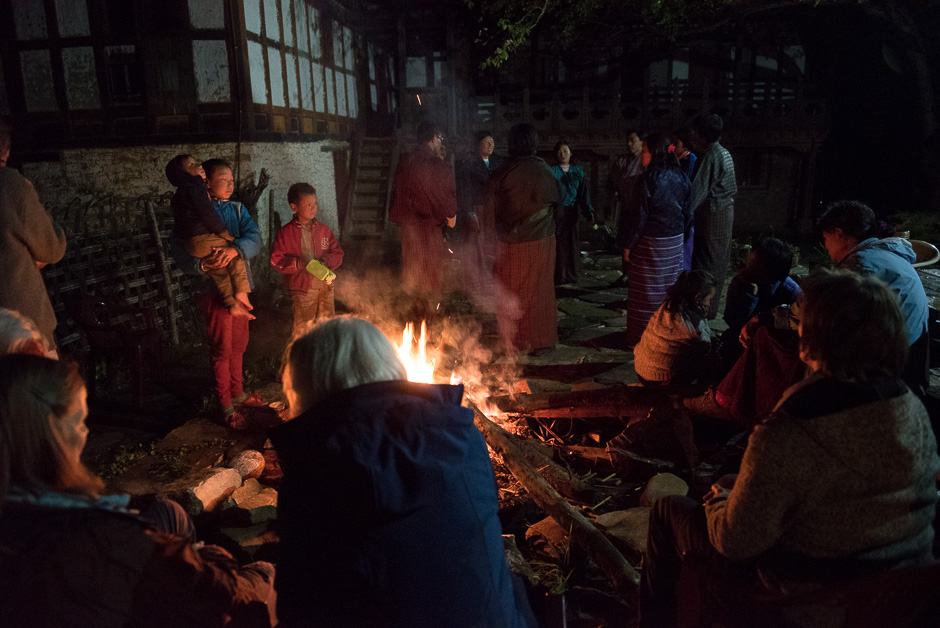
A nightly song and dance session of local women, surrounded by their children
at beautiful Ogyen Choling in Tang Valley, Bumthang

At Ogyen Choling, Tang Valley, Bumthang

Membartsho (Burning Lake), another holy place in Bumthang,
the religious heart land of Buddhist Bhutan
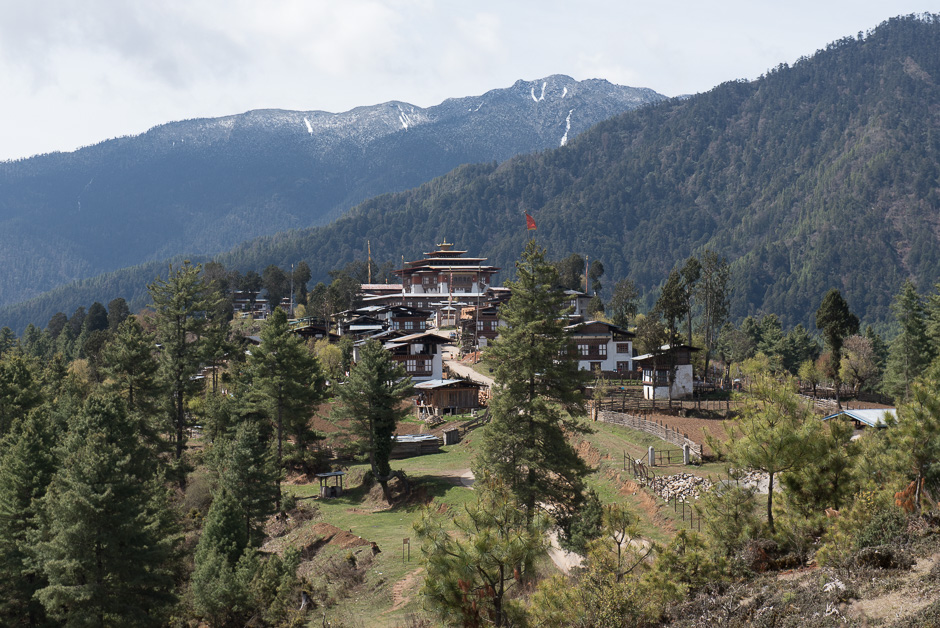
Beautiful Gangtay Village and Monastery in the high mountain valley of Phobjikha
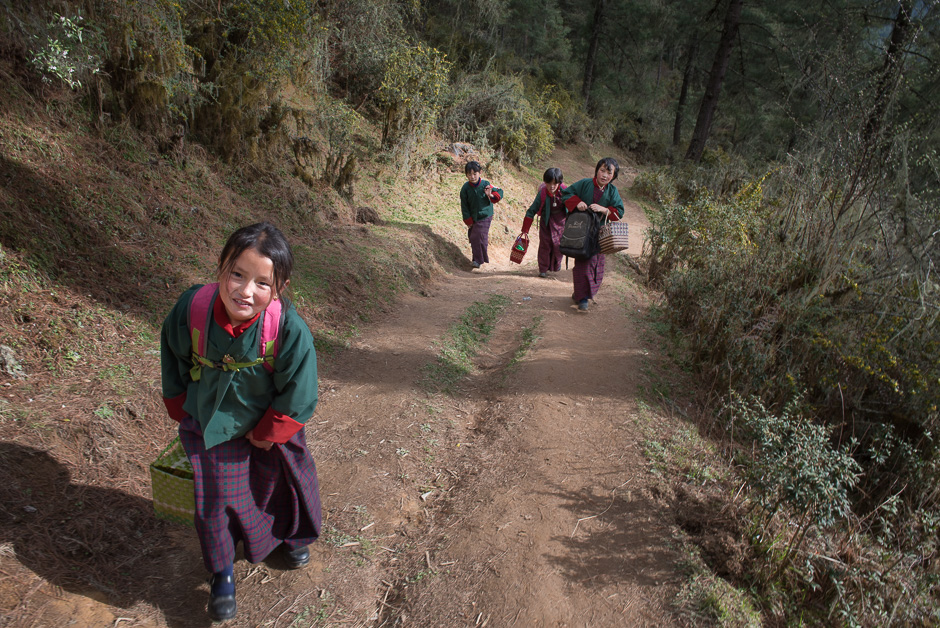
Girls on their way back home from school, Phobjikha Valley
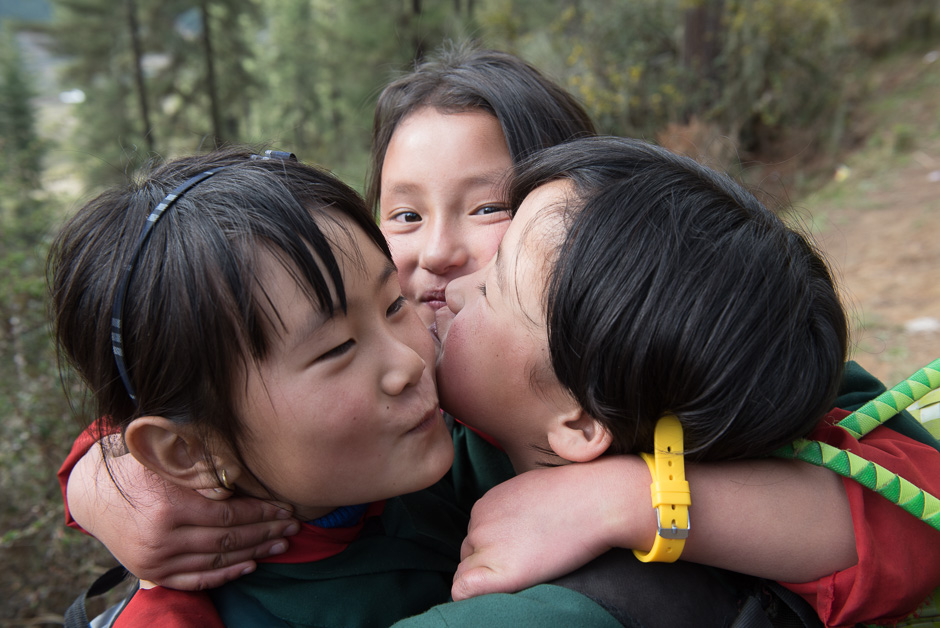
Girls on their way back home from school, Phobjikha Valley

Phobjikha Valley

Group photo on Dochu La pass
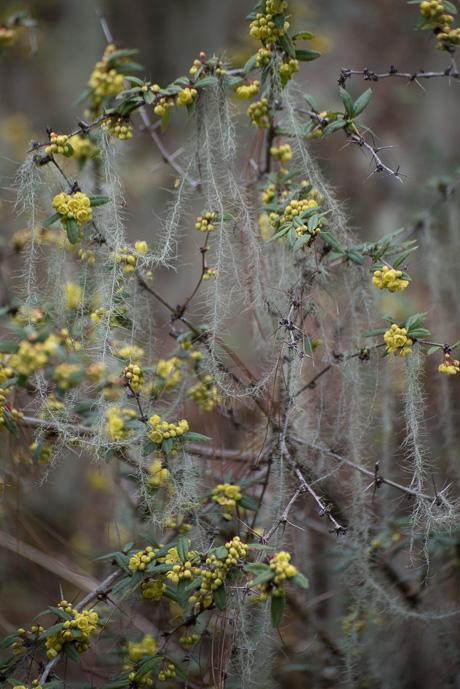
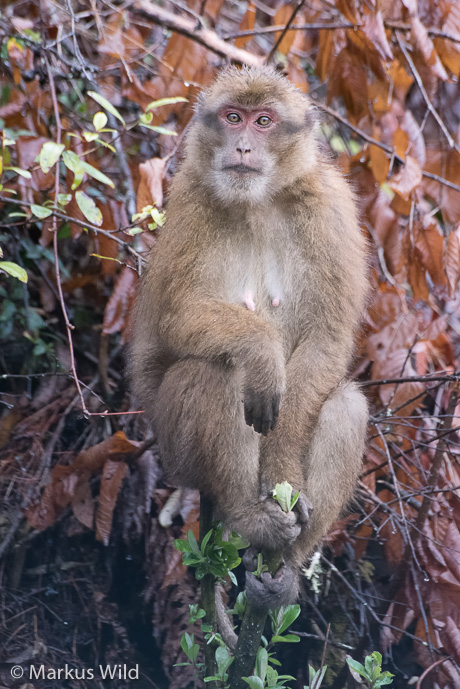
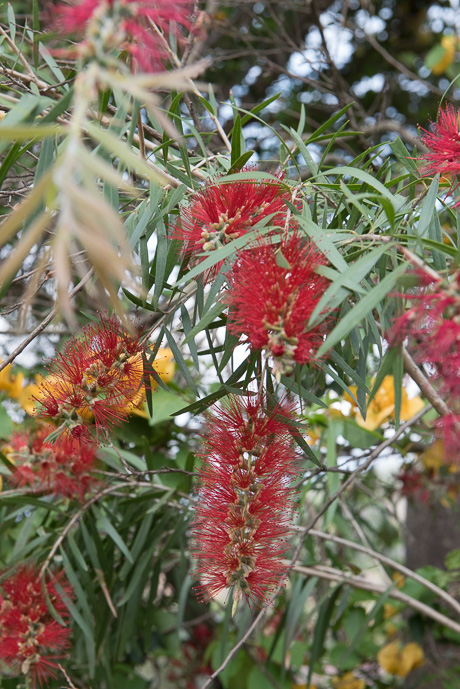
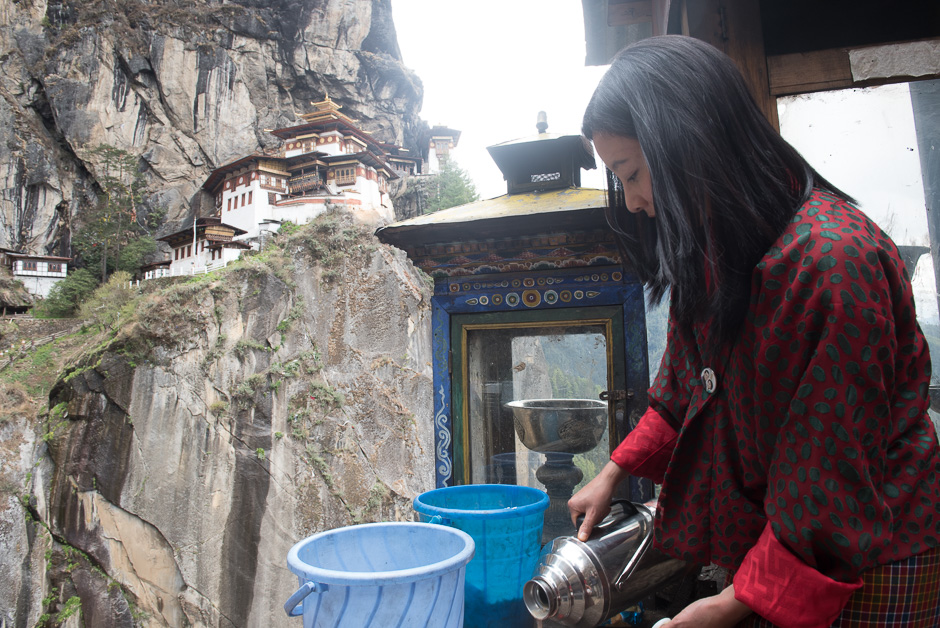
Tshering Zam serving tea to the members of our group on the way to world famous Taktshang Lhakhang (Tigernest) above Paro
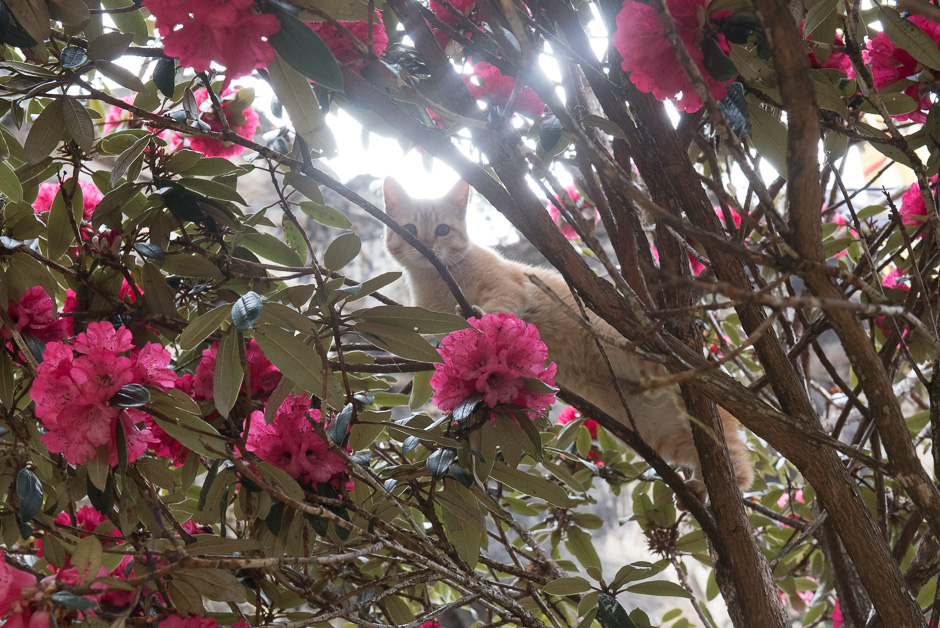
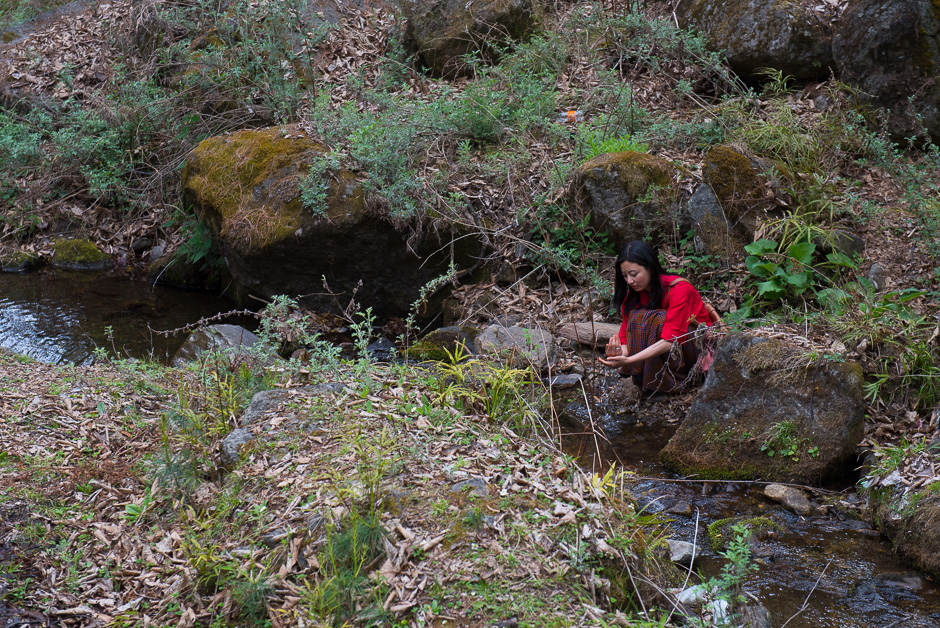
Our photo book of the LCD (Leveraging and Preserving Bhutan’s Cultural Diversity) Project is available now! It contains 170 pages, 376 photos and much written information on life and culture in four remote communities of Bhutan. Most of the photos are taken by students and NFE learners who took part in the Participatory Photo Documentation Project that I conducted in the four communities of Ngalatrong, Kengkhar, Lumbey and Lotokuchu. The book is available in Bhutan via Shejun Agency, Thimphu (telephone +975-77493719/email contact@shejun.org) and in Europe via Markus Wild, Luzern, Switzerland (mobile +41 79 517 96 77 / email info@markuswild.ch)
A wonderous and touching dialogue between a monk and a horse.
Phajoding Monastery, Bhutan, November 2, 2013.

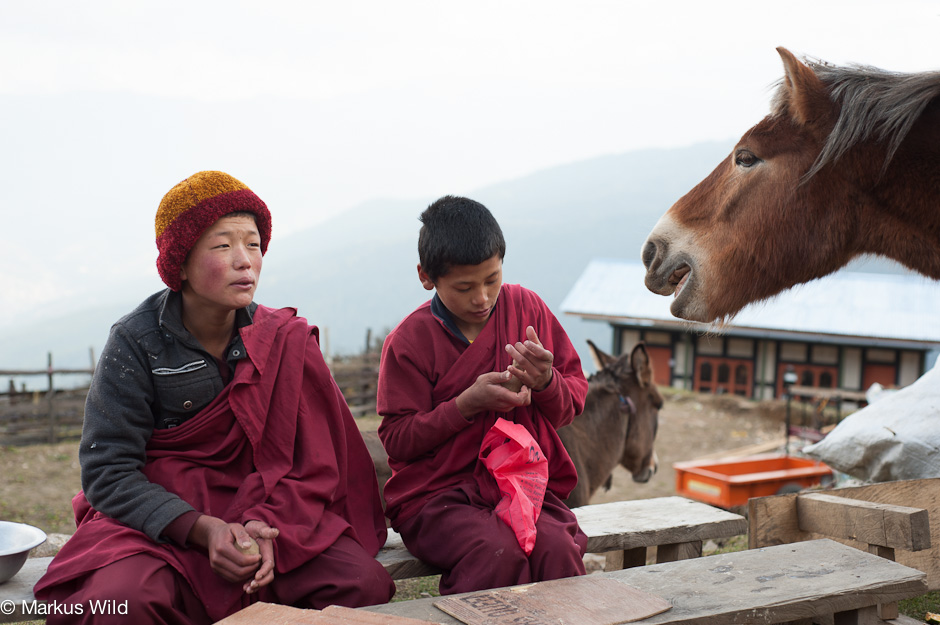
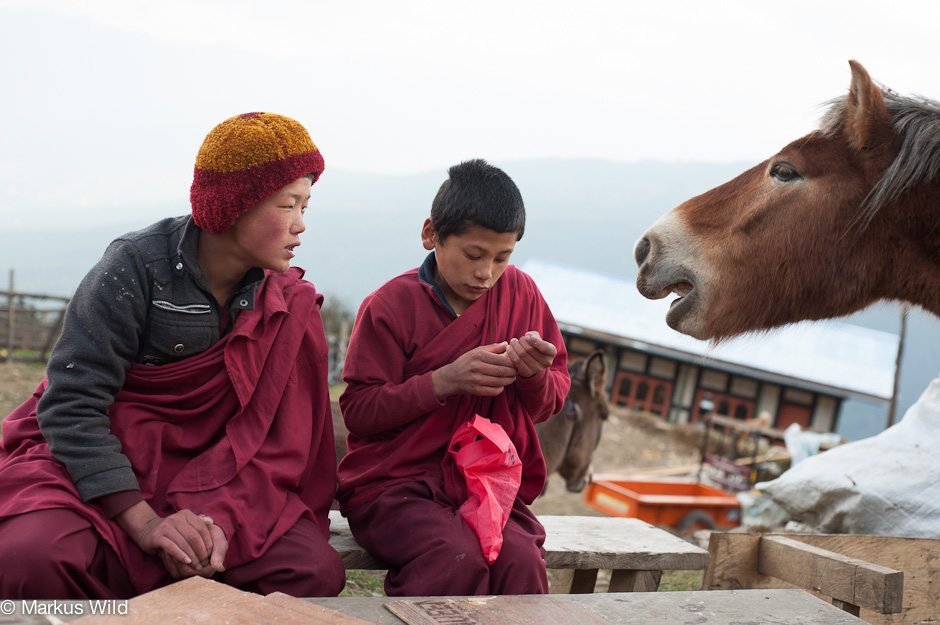
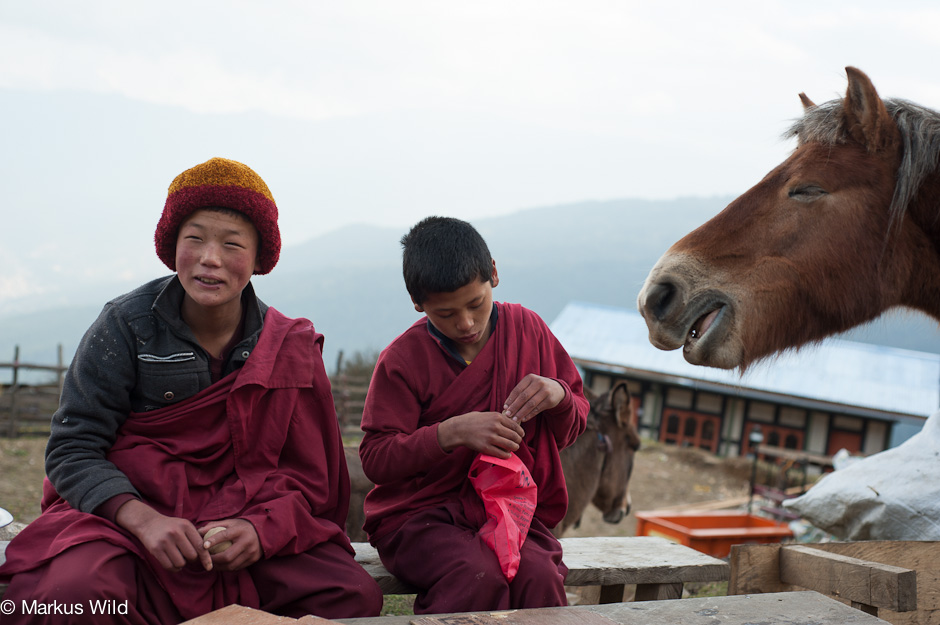

I’m back in Bhutan for one month. Beside working on final procedures with the Helvetas’ LCD Project (Leveraging and Preserving Bhutan’s Cultural Diversity Project) I am meeting different partners to discuss a proposal for follow up activities with my Participatory Photo Project.
During my spare time I use to meet old friends – and also make new ones. This is easy to do in Bhutan and to me this is one of the main reasons why I feel so much at home in this beautiful and fascinating country.
Here’s an example of what can grow out of a simple walk to town on an ordinary day:
Last Thursday evening when going to town I came by Mojo Park and met some old friends that I’ve known from long ago. Mojo Park is “the only place in Bhutan where I can get my dose of live music, alcohol, snacks and good people to meet and good people to hang out with” according to his owner Ganchu -who is also running Radio Valley, a private radio station. So Ganchu was there -on the terrace of his music club- with Tashi Gyelthsen, a Bhutanese film maker and poet and with Rajesh Gurung, a very talented painter and co-founder of VAST (Voluntary Artists’ Studio Thimphu) who was among the group that I was lucky to work with when I was first conducting workshops in digital photography in Thimphu, back in 2005. Now, 8 years later, Rajesh and his friends are taking me to the the floor above Mojo Park and introduce me to a new restaurant called “A la Carte”. It has opened just a few months ago and is run by a former cook at the five star Amankora hotel; I like the place because its very friendly and relaxed atmosphere and because they serve -surprisingly- some very excellent Thai food. So I surely will like to go by regularly in the near future. After having tasted some first example of the food (a delicious Pad Thai) and one (or two) chilled Bhutanese beer(s) we went down to Mojo Park again and enjoyed the talent of some young local musicians.

Mojo Park, late night jamming
After the closing hour we continued chatting outside, sitting on the terrace in front of the club. A friendly and charming young woman was offering me a piece of self-made chocolate cake that she was sharing with her friends; they were telling me that on coming Saturday they would go for a hike to Phajoding monastery and asked me if I would like to join them.
Although I have lived in Bhutan a great part of the last eight years and although I have visited many different lhakhangs (temples) all over the country, so far I have not yet reached Phajoding, a monastic complex of many temples and buildings, situated above Thimphu on an altitude between 3500 and 3900 meters above sea level.
So I agreed happily (since not all young people I meet in the city are still interested to walk up arduously through tense forests to remote monasteries)!
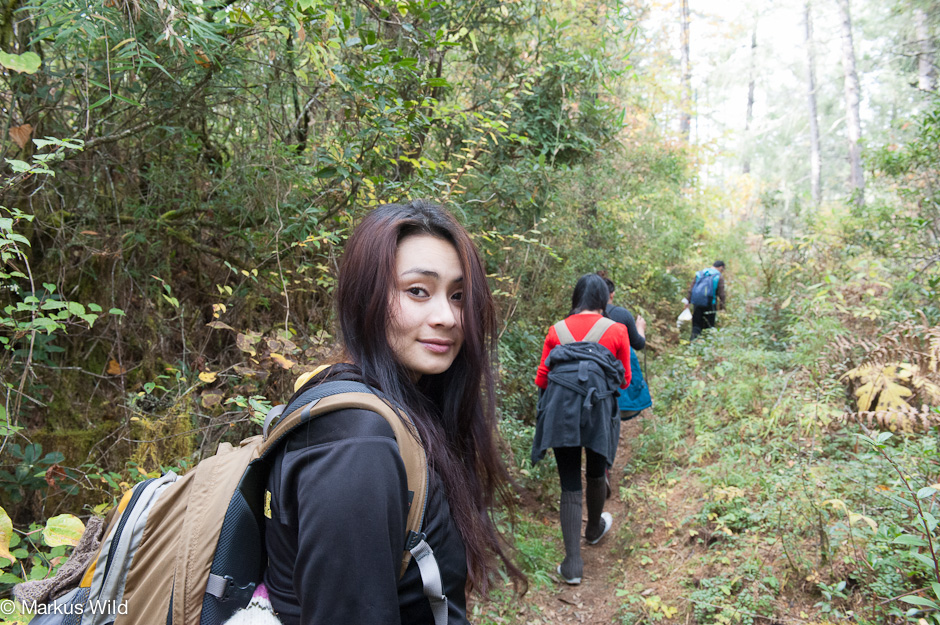
Some 30 hours later, on Saturday early morning, before 7 am, they picked me up at the arranged meeting point, and after a 15 minutes car ride (by a friendly uncle of one of my new friends) we reached the point where the road ends; we left soon behind us the thousands of prayer flags that are flattering around the radio tower where our hiking began. The path leads us through pristine forest with mystical looking trees, many of them now changed to warm autumn colours, across spots of pastures towards the monastery high above the capital. A kind and lovely stray dog seemed to have waited for us and accompanied us during the whole day, walking always nearby, behind or in front of us, waiting patiently outside while we were visiting each of the five temples; he was asking silently but clearly for some share, when we had red rice and ema datshi as our lunch (kindly prepared in the early morning by one of my friends). My contribution to the meal were a handful of Bhutanese mandarines and apples from the weekend market and some hazelnut chocolate brought along from Switzerland.
After the strengthening meal my friends changed their dress, putting on their traditional dress (called “kira” for women and “gho” for men); for Bhutanese it is mandatory to wear the traditional dress when visiting religious sites, schools or government offices and buildings.
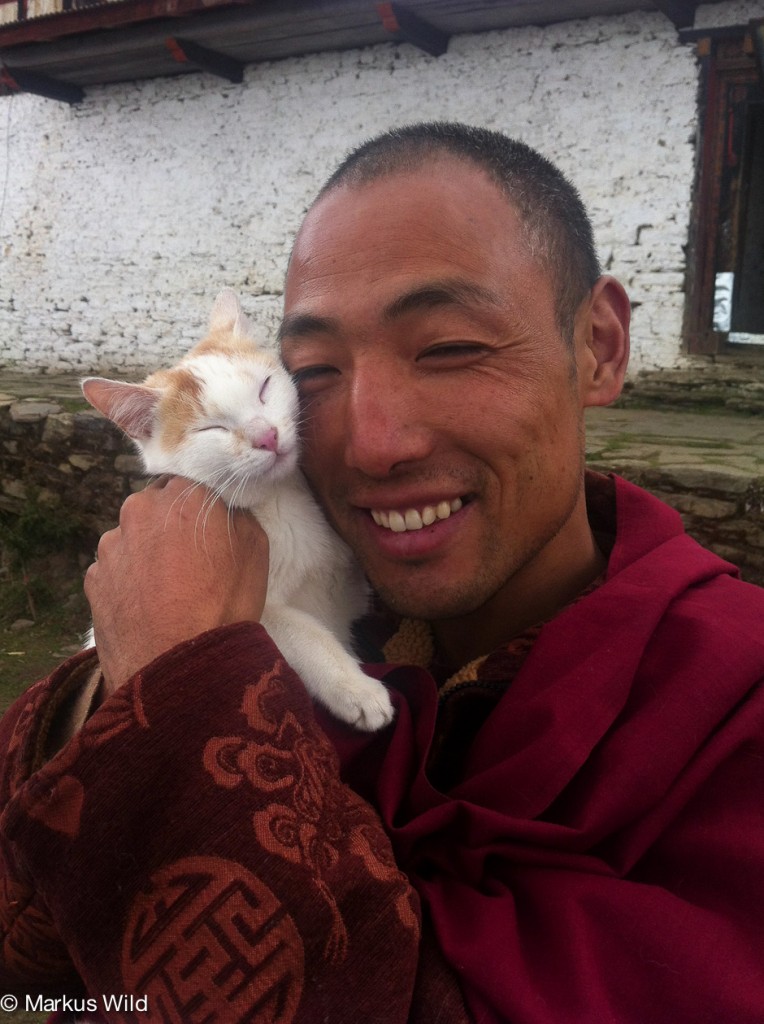
Lama Namgay Tenzing, the head teacher for 25 young monks studying at the Monastery
So we walked from one lhakhang to the next, climbing up till 3900 meters above sea level, on simple but good enough foot paths. Inside the temples we prostrate and pray and give offerings (butter for butter lamps, incense sticks and some smaller bank notes). In each place a monk would pouring out a hand full of holy water that we drink and that we apply on top of our heads.
I was always impressed and it made me feel comfortable and happy how people all over Bhutan would introduce me to their customs and believes and how they invite me to take part in their religious practises. It happened to me with people of different religious believes and practises, Buddhists and Hindus, and also people who still follow animistic believes and practises; it always made me feel that I am not a stranger to them but a friend with whom they like to share what they have and what they are. This attitude has helped me to feel comfortable from the beginning and to learn about their traditions and it has made me feel at home the longer our relation lasts.

What is very fascinating to me about today’s Bhutan is that many people still do have this lively relation to the traditional and natural world; and there are some who are able to span the distance from the nightly sounds of modern rock music in Mojo Park to the silent prayers and archaic rituals in a Buddhist monastery and they apparently can enjoy and value both aspects of today’s Bhutan.
And I’m happy to see that also a monastery like Phajoding is now using modern technology to communicate with the outside world and to inform about what makes them special: there is a very interesting and educational homepage called “Phajoding Monastery Project” where you can read and see that this monastery is not a relic of the past but a living learning place with very dedicated teachers like Lama Namgay Tenzing who provide compassionate care and education for 40 orphaned and disadvantaged boys within a holistic curriculum. On their homepage you can sign up for new posts and you can connect with the project via facebook, twitter, pinterest and flickr
I think that Bhutan of today actually has good chances to connect good elements of modern life with precious sides of its unique traditional heritage.
In the LCD project that I have been working for during the last three years I was teaching students of remote schools how to use digital photography to explore and document their local culture; with the help of the camera lens they began to see and appreciate the traditional knowledge that is still alive in their communities in a new light. (Here you can download a leaflet with basic info about my Participatory Photo Project.)

My young friends reaching the highest point of the monastic complex of Phajoding (on 3900 meters above sea level).
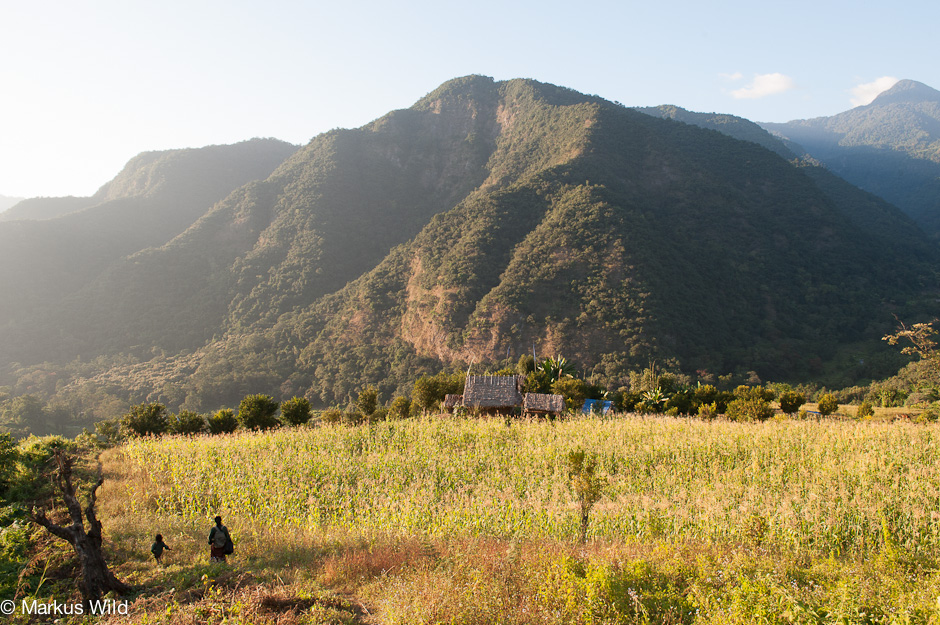

Celebrating “Local Culture Day” at the Kagtong Community Primary School in Lower Kheng, 11. Nov. 2012 (4th King’s Birthday)
About 300 people from Kagtong and surrounding villages came to see and enjoy -together with all students and teachers- a day of celebration of THEIR local culture at the Kagtong Community Primary School in Lower Kheng, Zhemgang.
The event was organised and funded by the “Leveraging and Preserving Bhutan’s Cultural Diversity” (LCD) Project implemented by HELVETAS Swiss Intercooperation Bhutan with funding by the European Union. The LCD project has been active in Ngalatrong -as well as in three other regions and communities in the country- since 2010.
I conducted the Participatory Photo Documentation project at the school in 2011 and 2012, teaching the students about digital photography to explore and document the treasures of their local culture and traditional knowledge. A well received exhibition at the Tarayana Centre in May 2011 was showcasing “Life in Ngangla Through The Children’s Eyes” to an interested urban public.
Now it were the people of Ngala Gewog themselves who came together to showcase and celebrate their local culture.
The architecture of traditional houses, various usage of different plants, a variety of religious rituals and celebrations, many stories and legends from the area, local songs and dances, all kind of handcrafted items and many more fascinating aspects of traditional knowledge and local culture were the subject of this special event. The exhibition showed -beside many handmade objects- around 250 photos mainly taken by the students of class 5 and 6. The students and teachers have also collected rich information about traditional rural life within the community and among the experts of the village. This information was now displayed to the public on well designed posters with informative texts and pictures.
The exhibition was visitied by Dasho Dzongda, the community members, and all students and teachers. All visitors were very excited and happy to get such a vast overview and lively and detailed insight into their fascinating local culture and rich traditional knowledge.
An impressive number of different dances and songs performed by the students and the villagers and a good tasty meal for all visitors contributed to the success of the day.


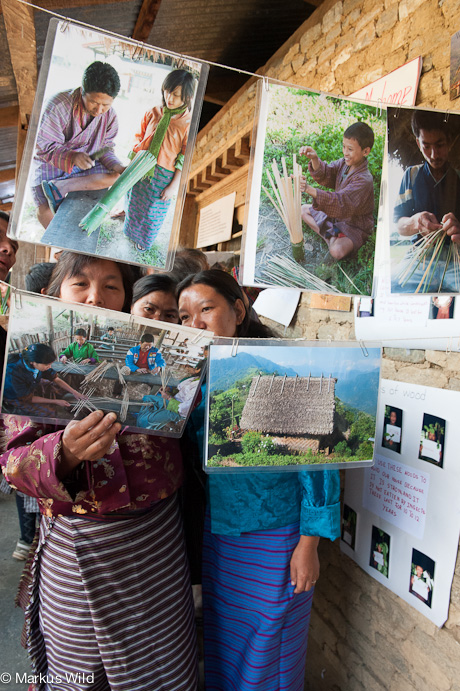
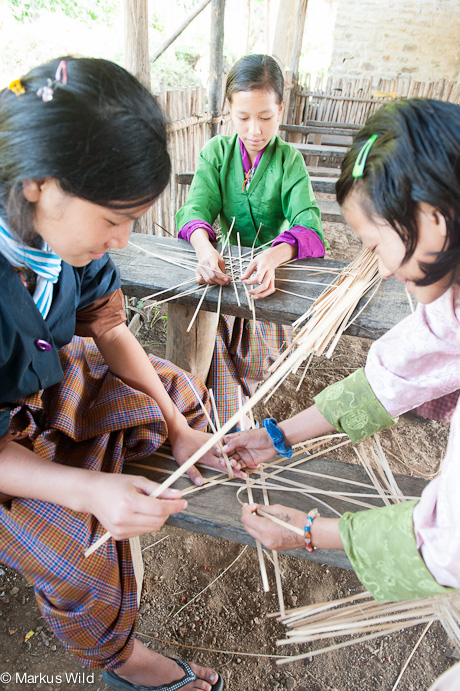
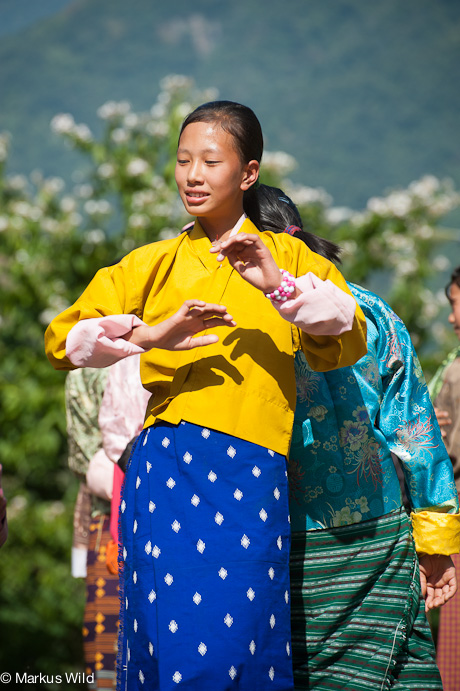

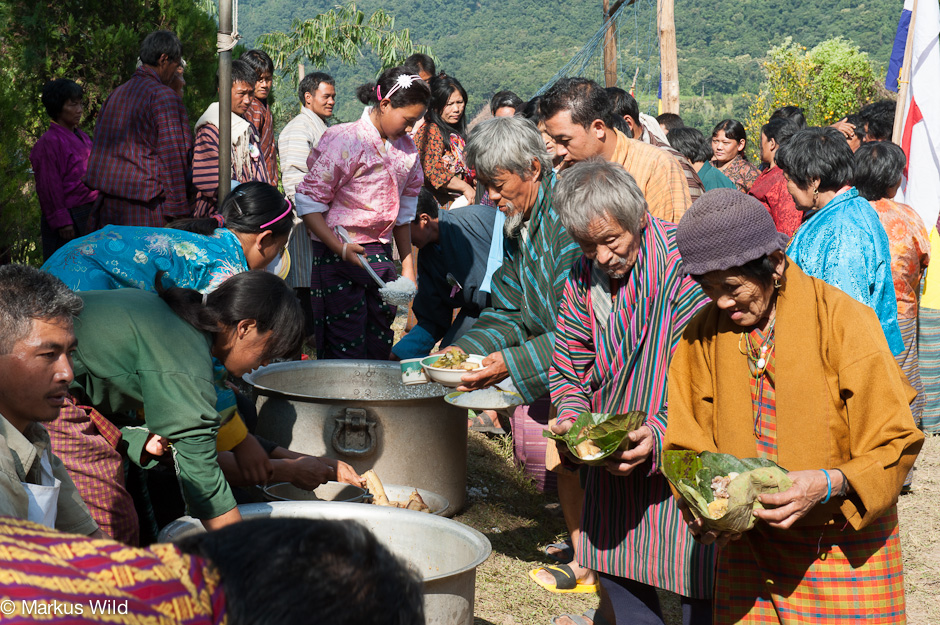

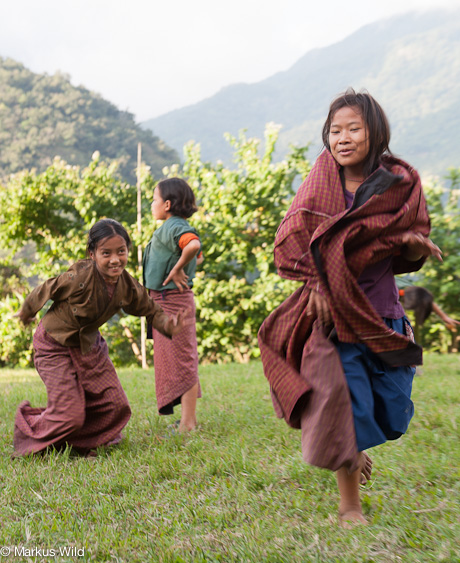
For another week I am working at the Kagtong Community Primary School in remote Lower Kheng. I feel privilegued and blessed that I can be here in such a wonderful place.
Mountains all covered with forest full of richest wildlife, a community with plenty of children eager to learn whatever they are taught; I teach them photography and we continue to explore and learn about the rich treasure of traditional local knowledge. I brought back the photos that the students have taken last year. Now they are printed in A4 size and protected with a transparent lamination and can be used in all the classes.
The students teach me about their way of life and culture by explaining each and every detail in the photographs that were taken in their village and its surrounding; they know all the plants by their Khengpa names Canada Phone base Number , they know what they are used for, they know all the Khengpa names of the dozen or so different types of handmade baskets, they know each and every person and place here… I am thankful that they are very patient and indulgent to me repeating again and again till I am able to pronounce the words in their native language.
The people in the remote areas of Lower Kheng are having a huge knowledge about living from and with nature. Their houses and most of the things that they use in daily life are all produced by their own hands from natural materials found in their environment. In special workshops parents share their skills how to produce handcrafted items made of bamboo with the students and the teachers at Kagtong Community Primary School. Another man is teaching traditional songs and dances.
I am happy to be among all these interesting people and their lively children. So far they have no role models from TV or film and for this they are still really unique personalities, each of them beautiful and adorable in her or his own way.
On Nov. 11th, the fourth King’s birthday, we will have an exhibition on local culture on the school ground, showcasing and celebrating the rich and vast knowledge of the people in Lower Kheng about their natural environment…bringing together the experts from the villages (the villagers), the students, the teachers and interested guests..
(more…)

















































































